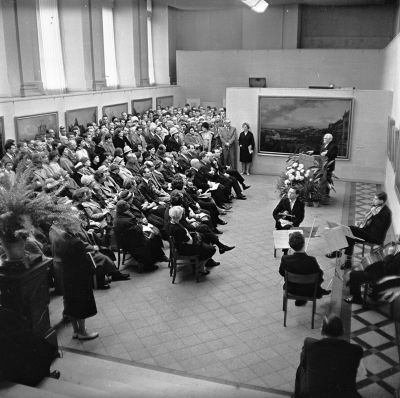Jeremias Falck
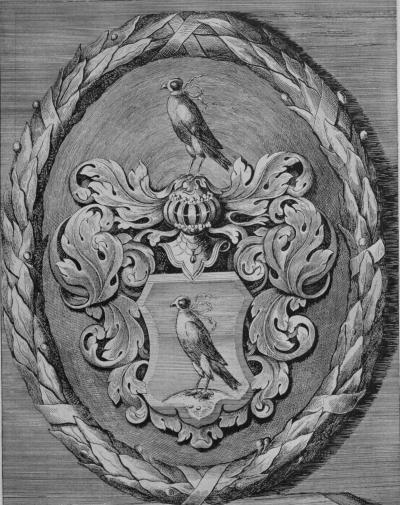
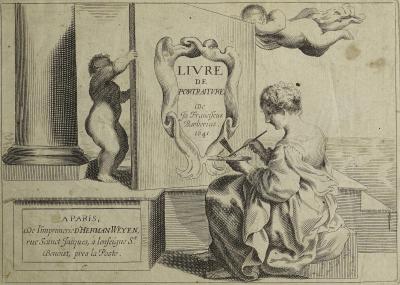
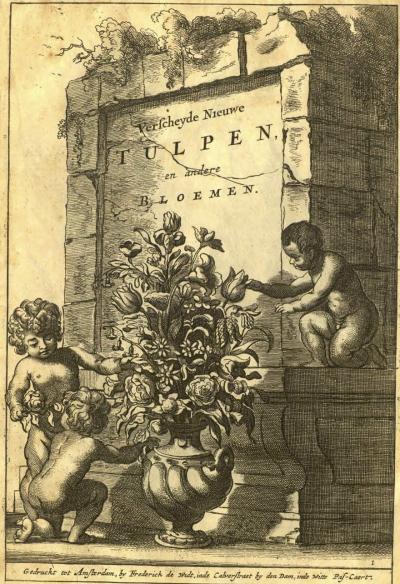
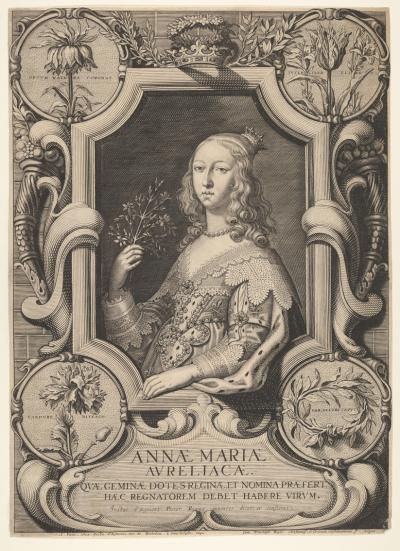
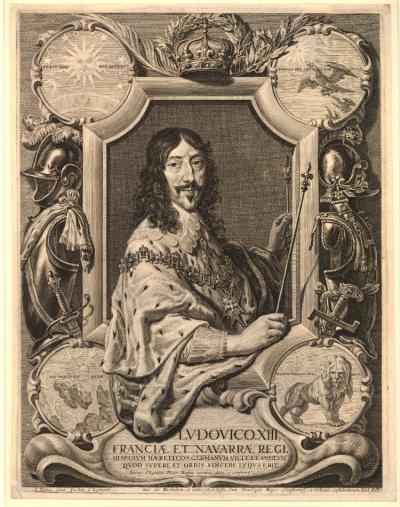
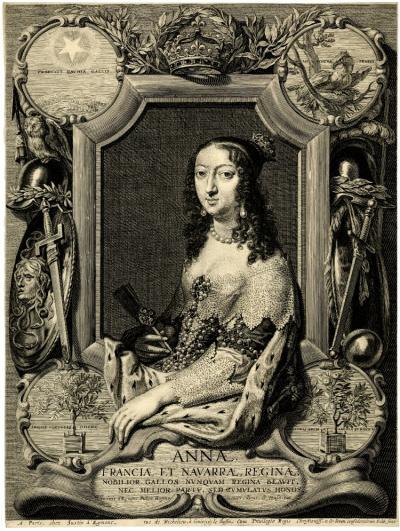
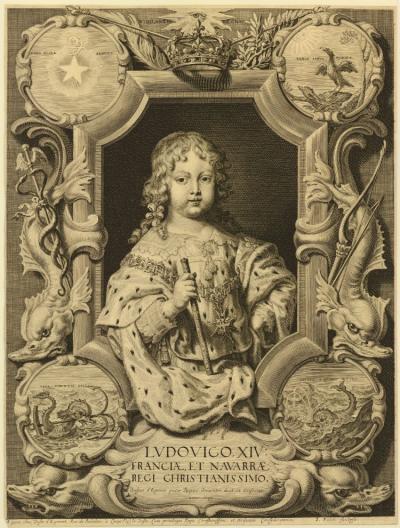
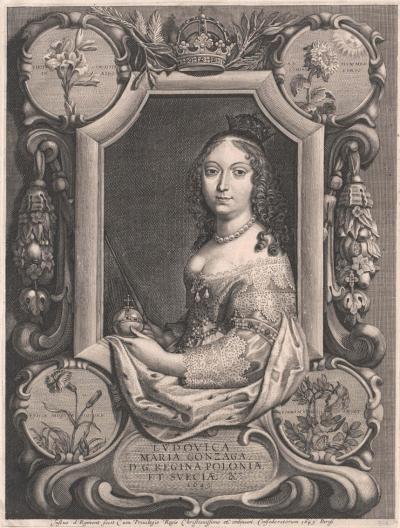
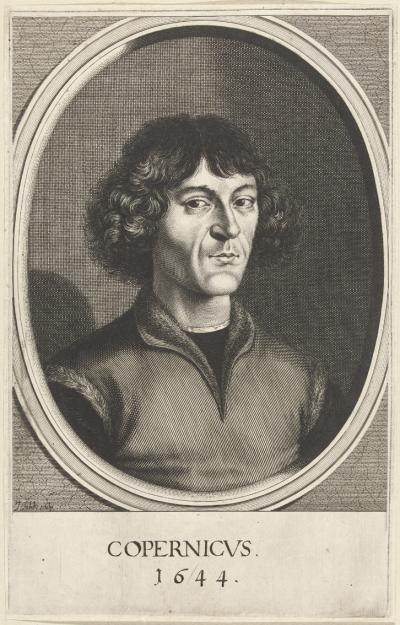
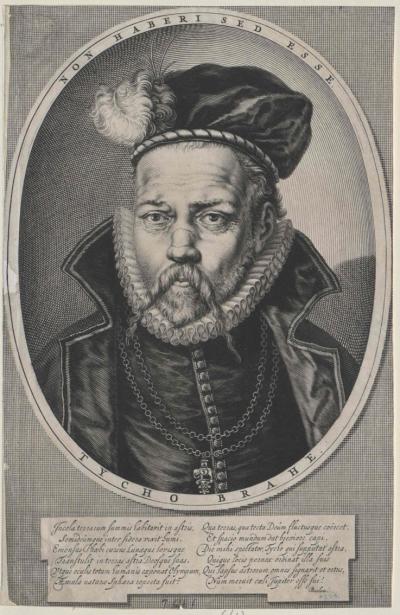
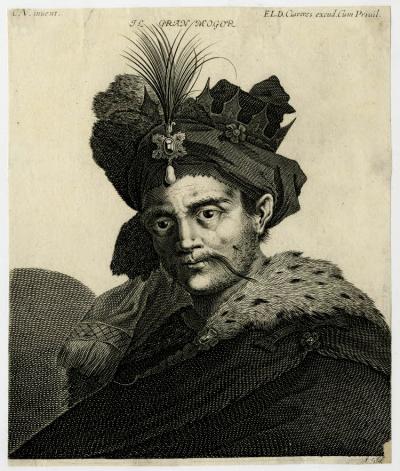
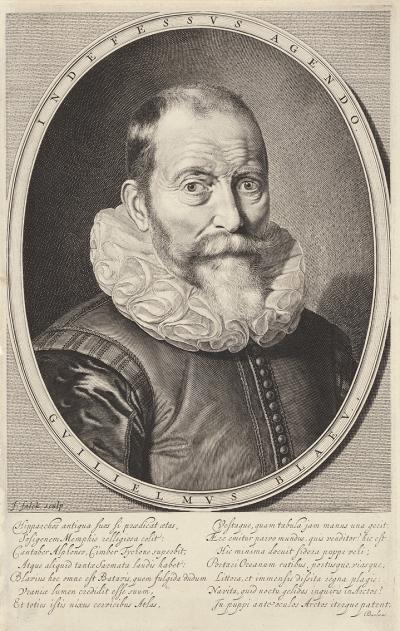
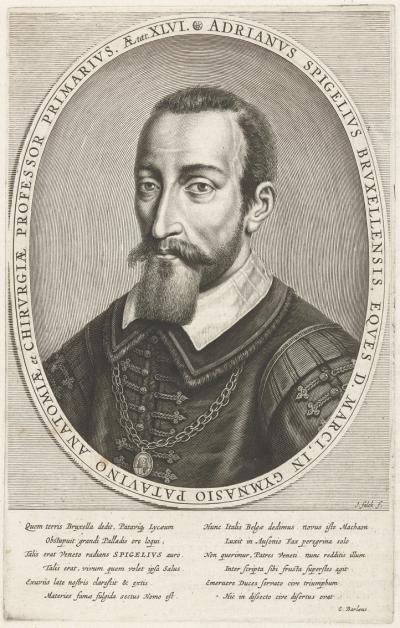
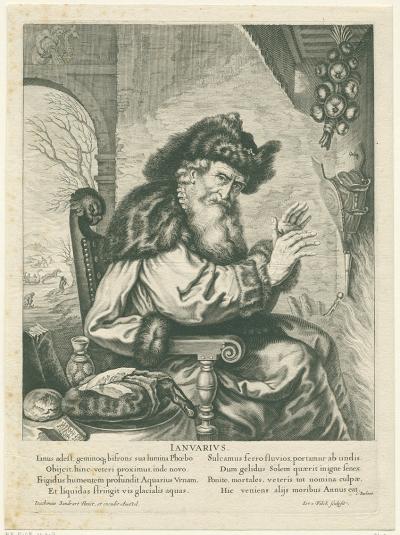

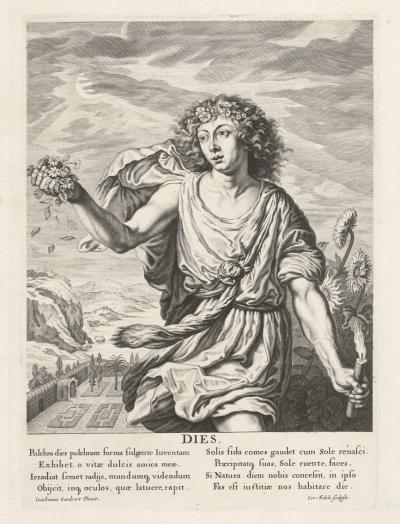
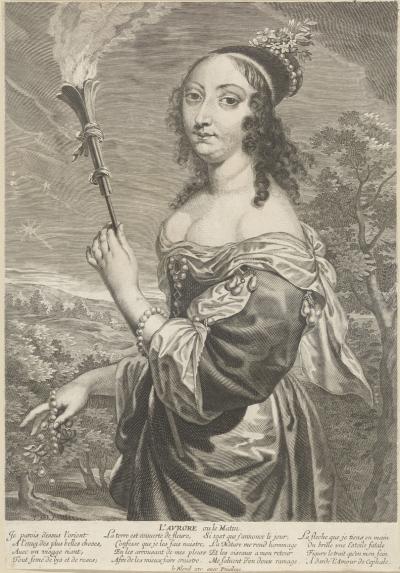
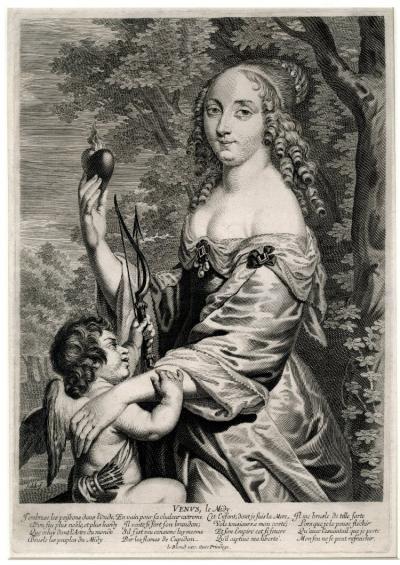
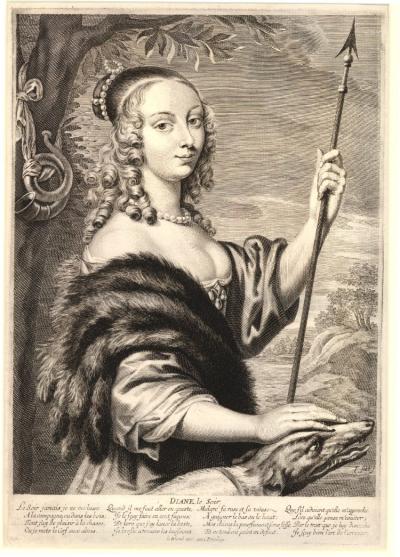
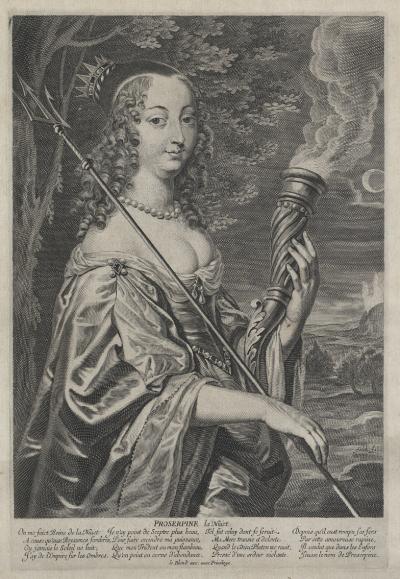
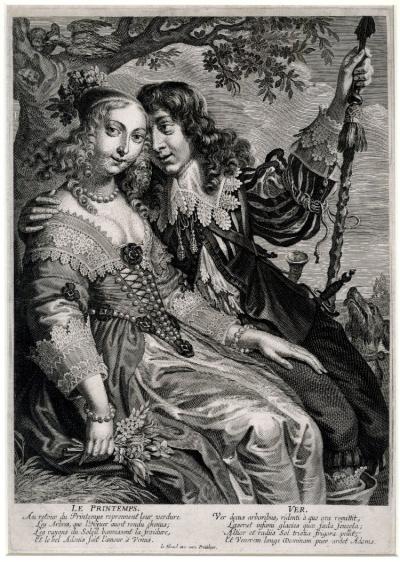
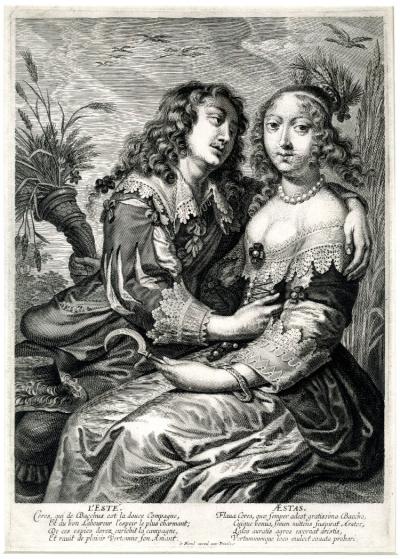
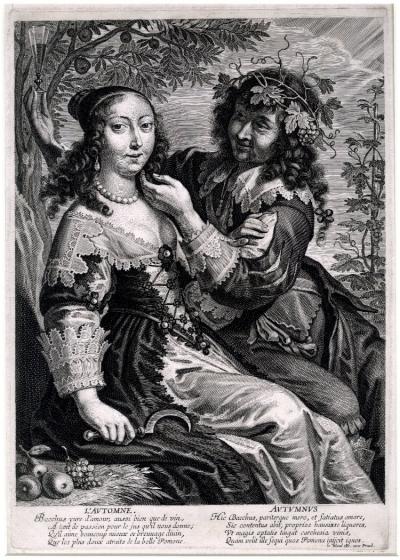
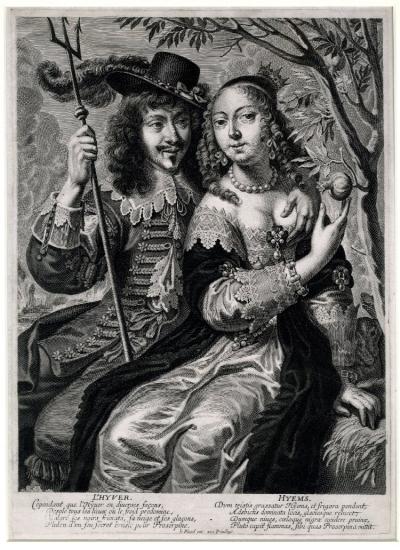
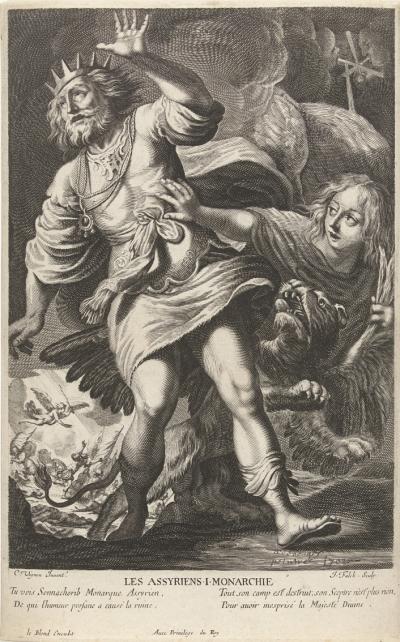
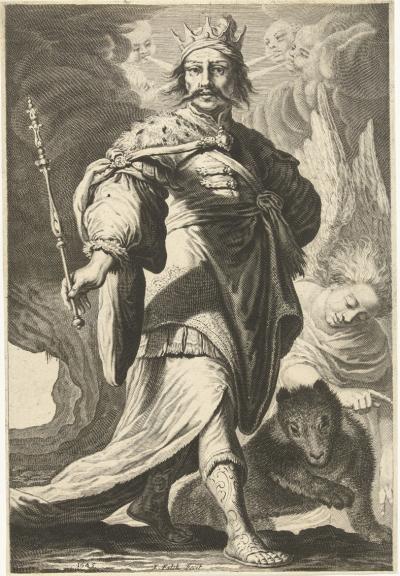

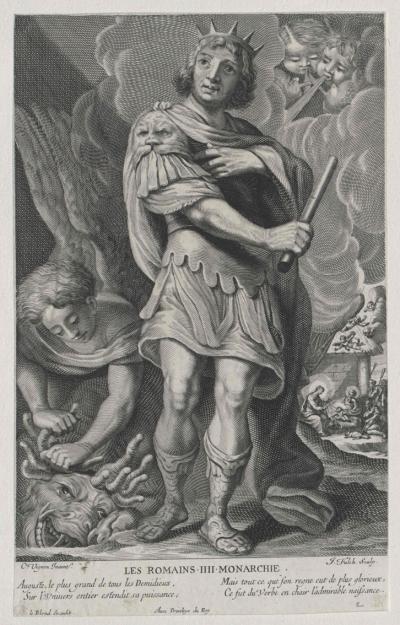
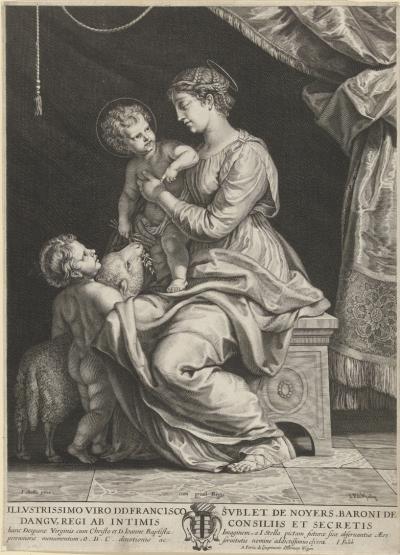
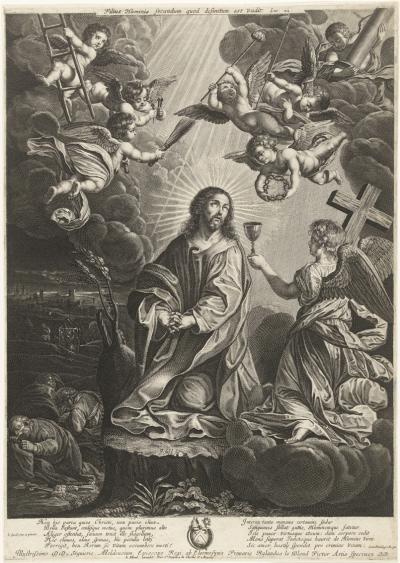
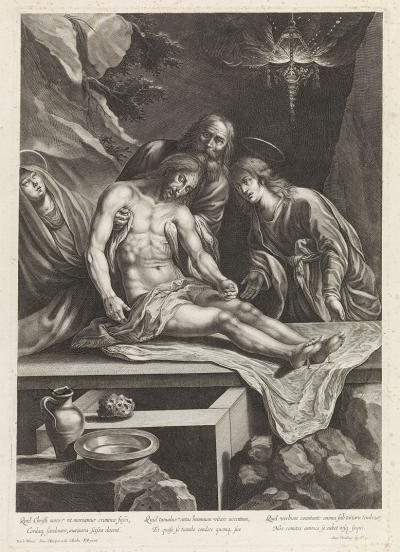
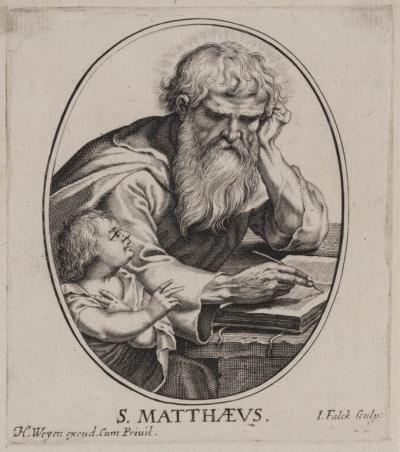

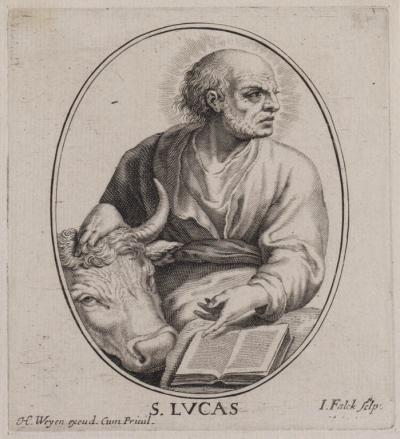

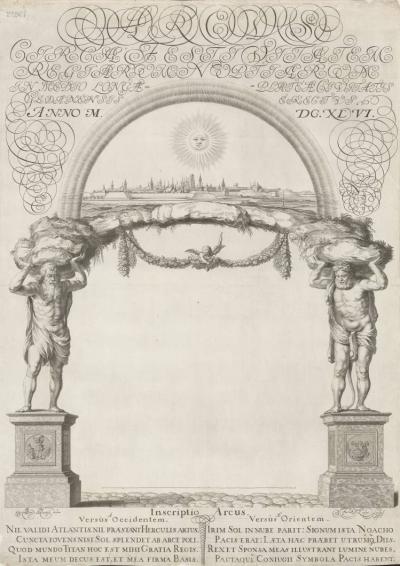
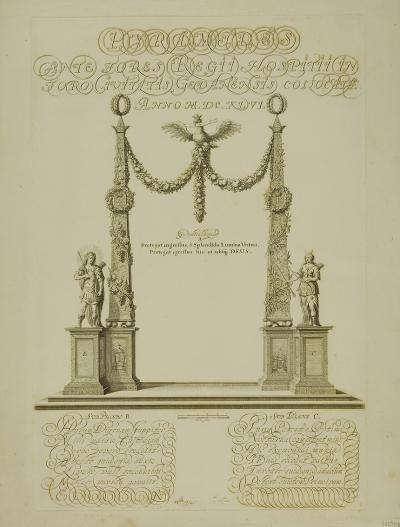
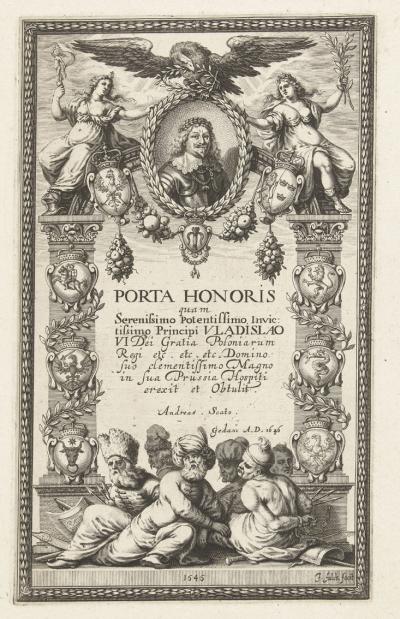
![Ill. 33: Title copper: Jerzy Ossoliński kneels before Pope Urban VIII Ill. 33: Title copper: Jerzy Ossoliński kneels before Pope Urban VIII - To the work by Jerzy Ossoliński: Illustrissimi et Excell[entissi]mi. Copper engraving after unknown. Original, 19 x 14,3 cm, not signed.](/sites/default/files/styles/width_100_tiles/public/assets/images/33_titelkupfer_1647_ossolinski.jpg?itok=In5yX0Cb)
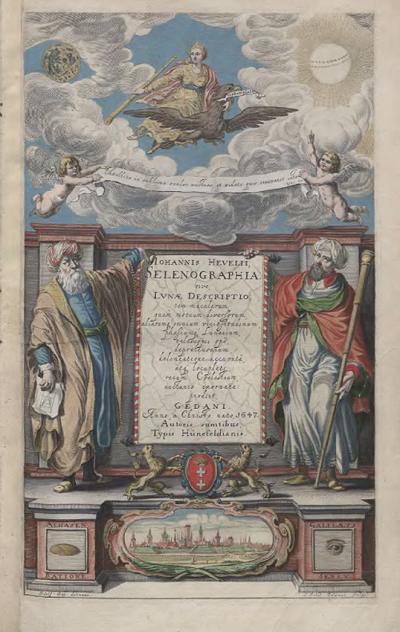
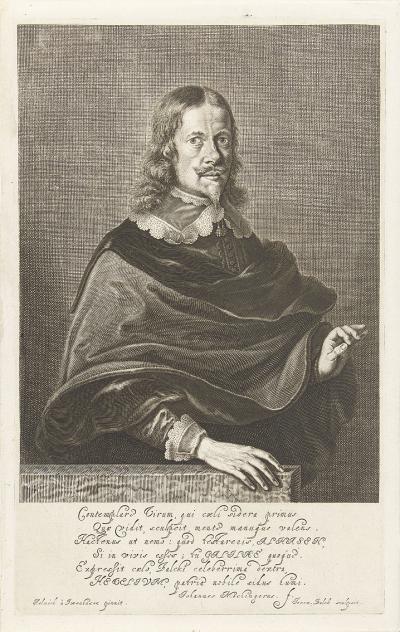
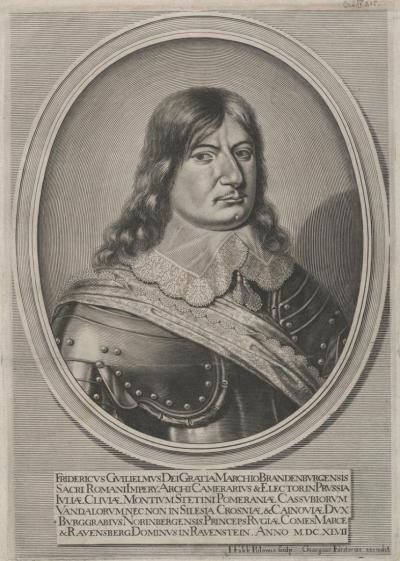
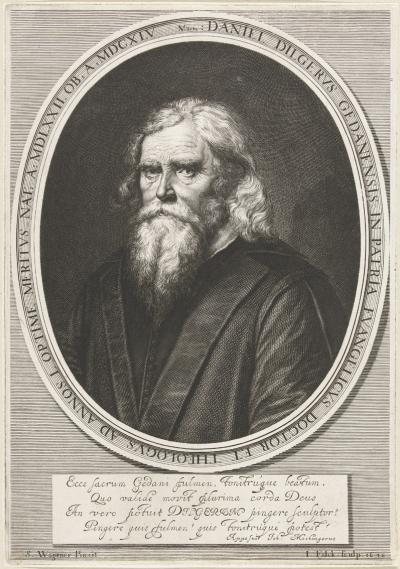
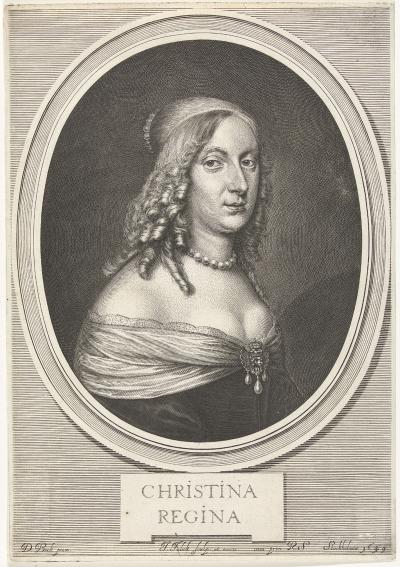


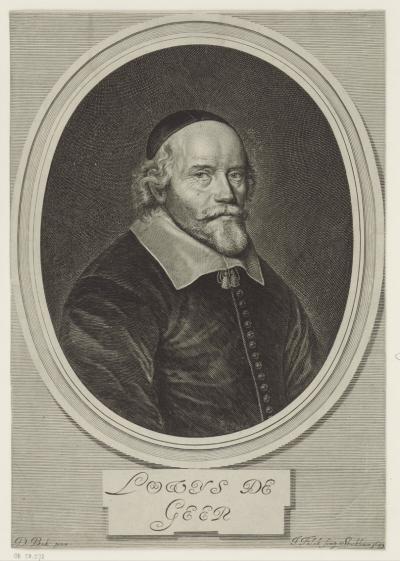

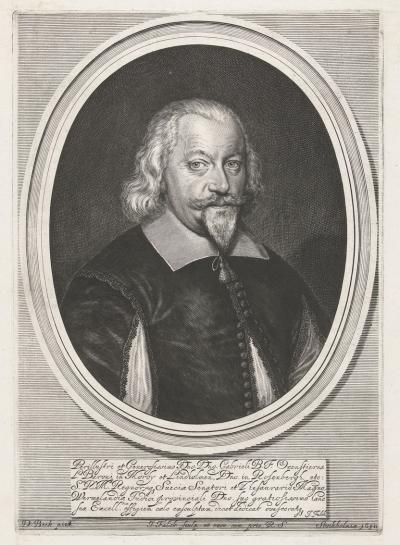
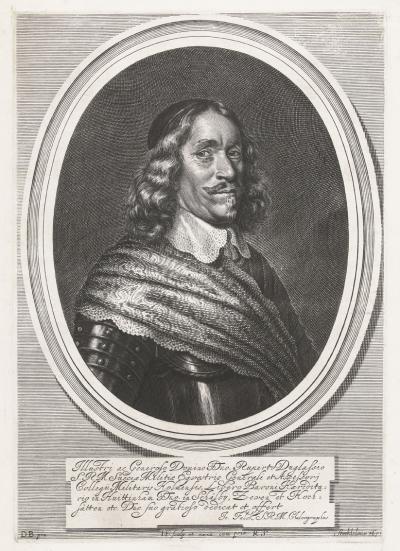
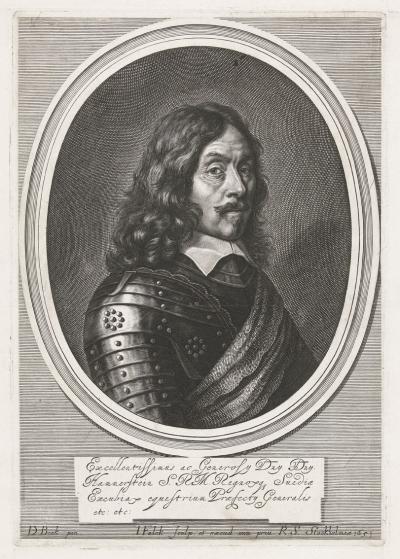
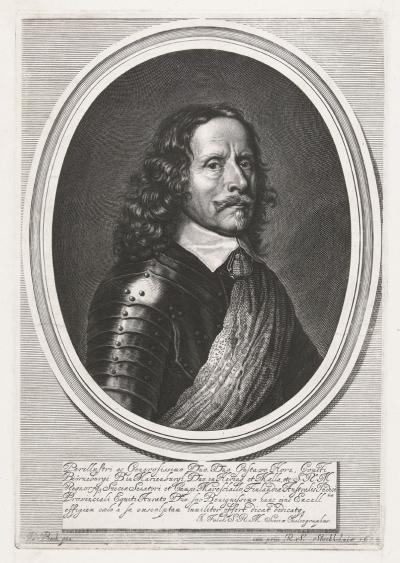
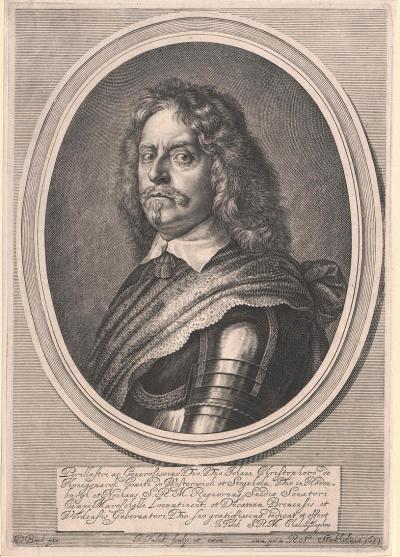
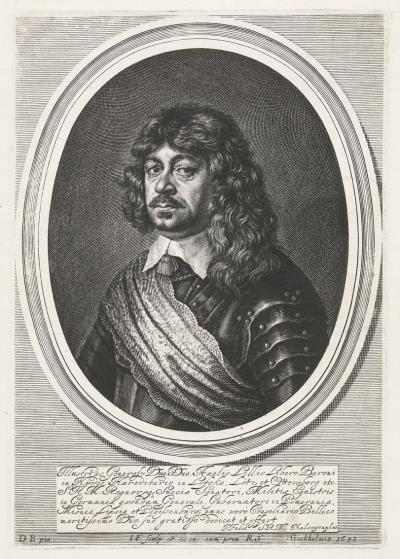

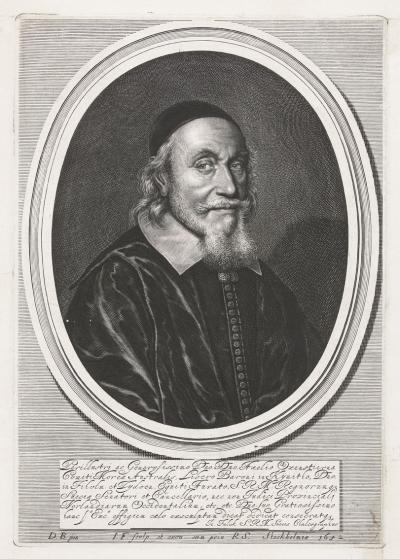
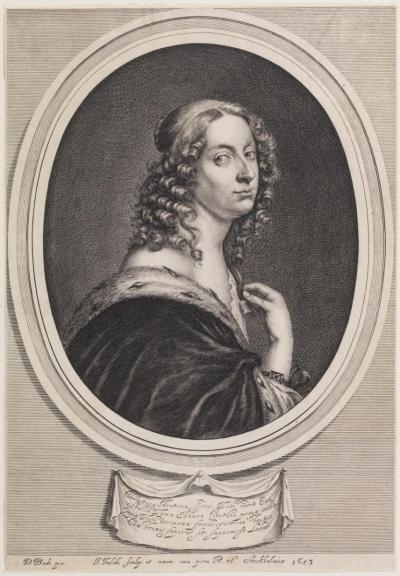
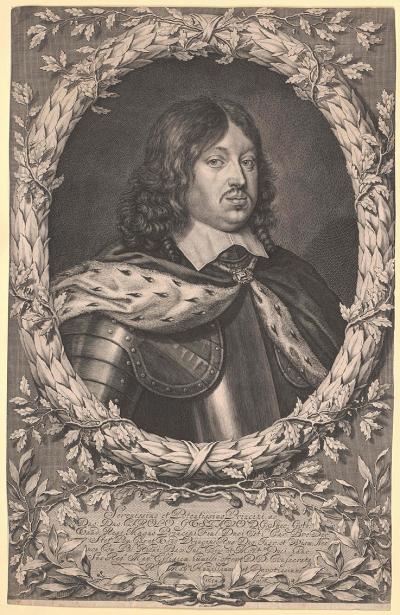
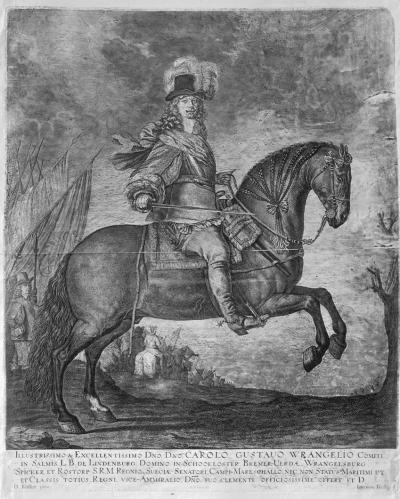
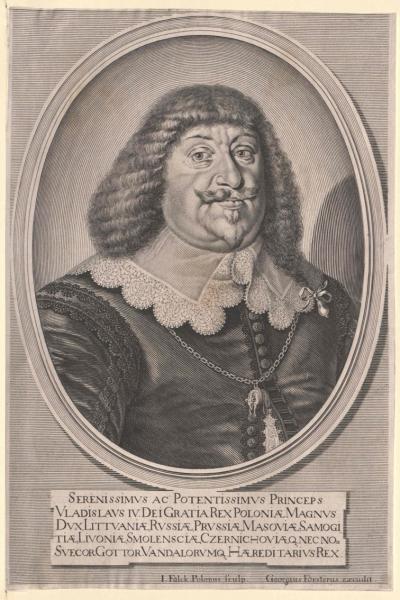
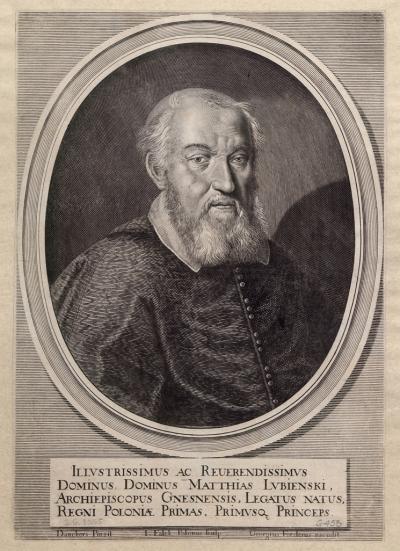
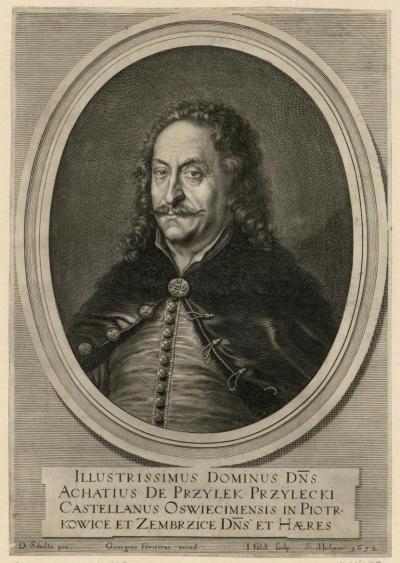
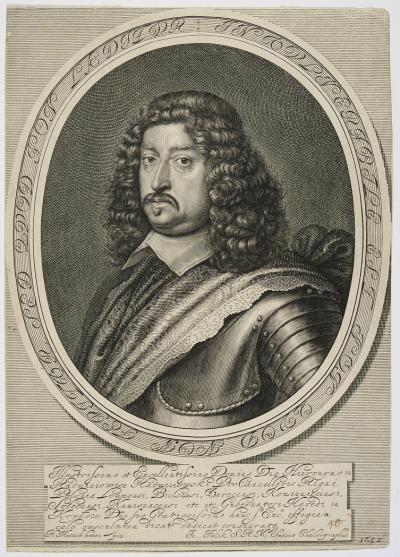
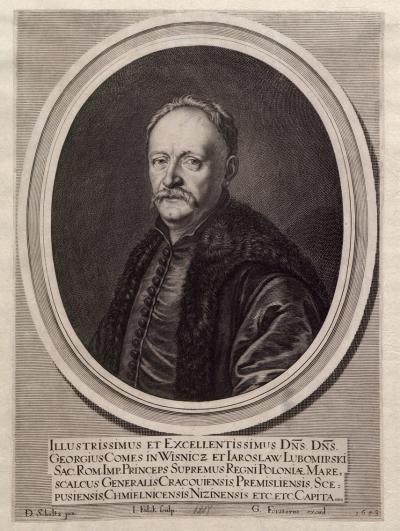
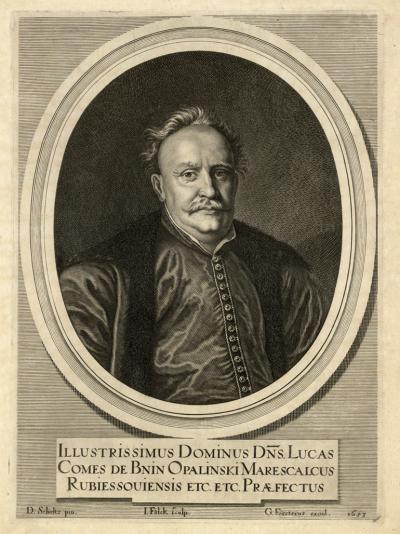
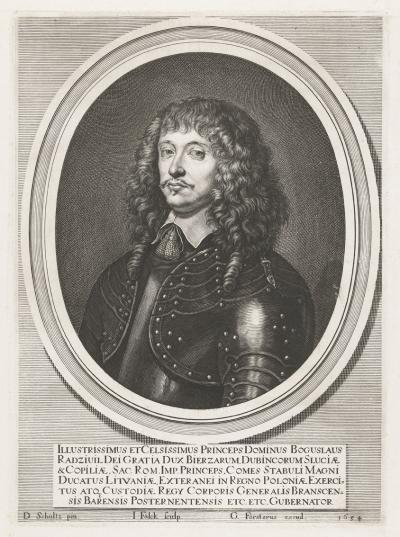
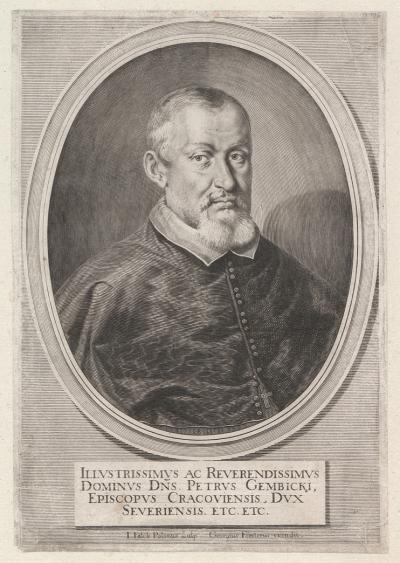


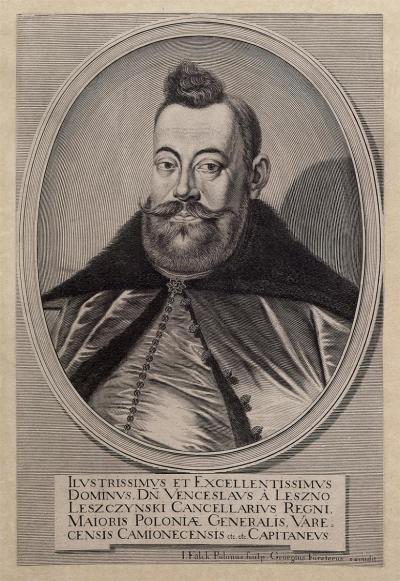
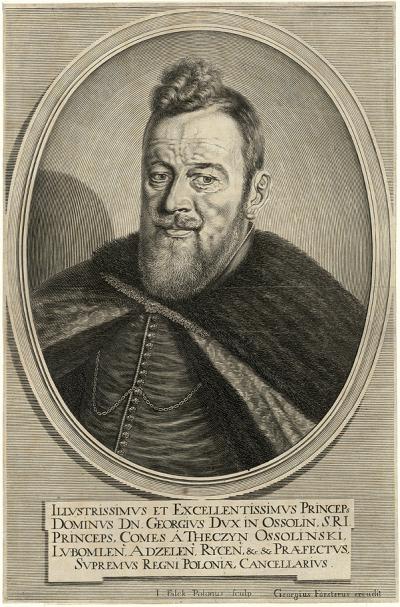
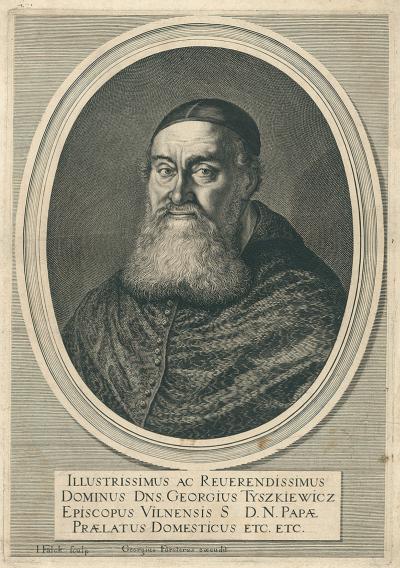
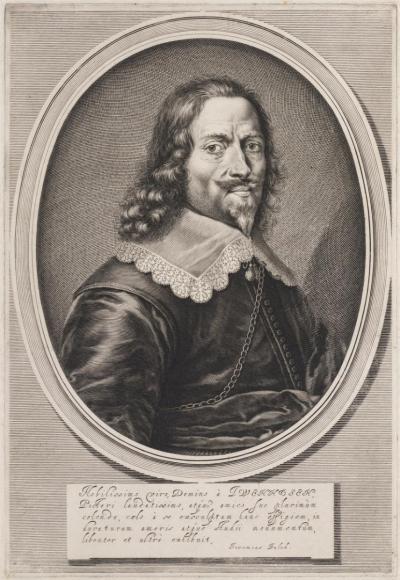
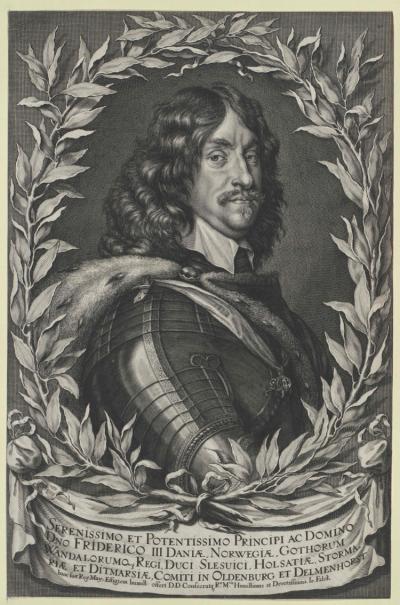
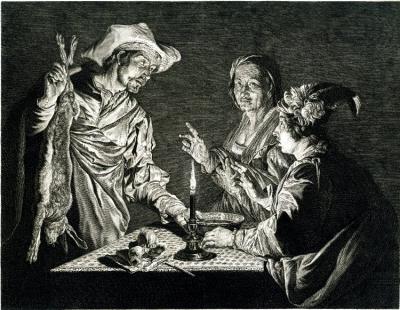
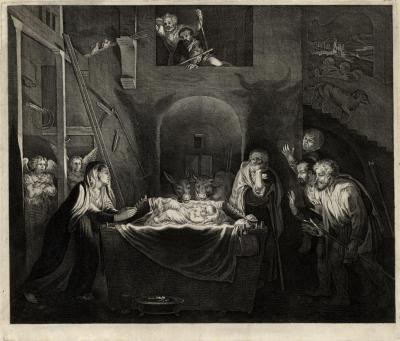
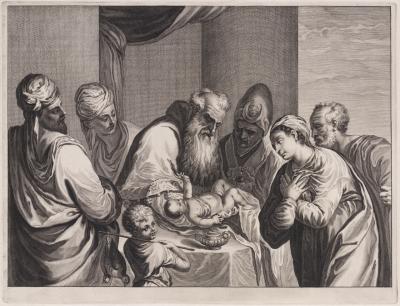
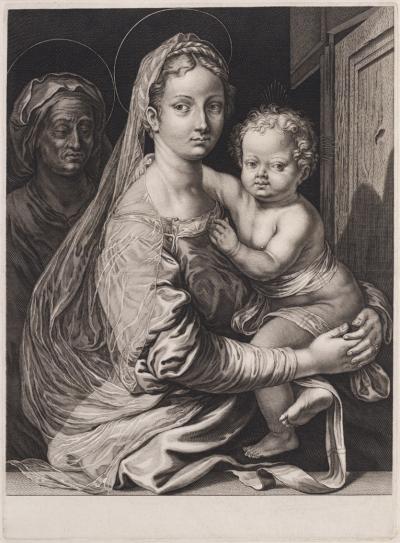
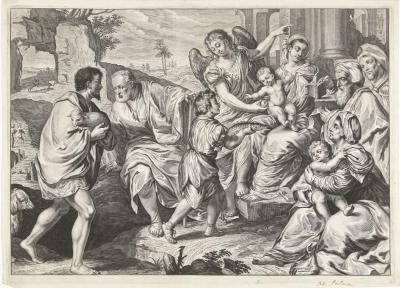
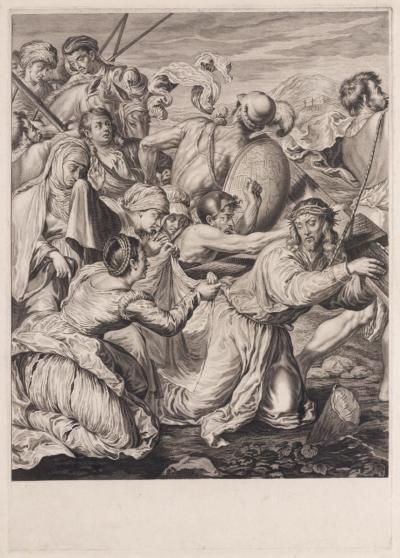
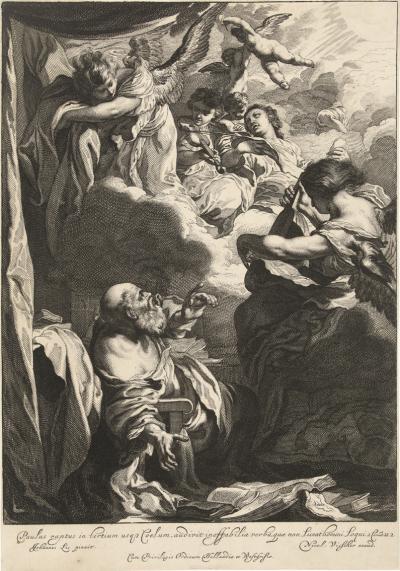
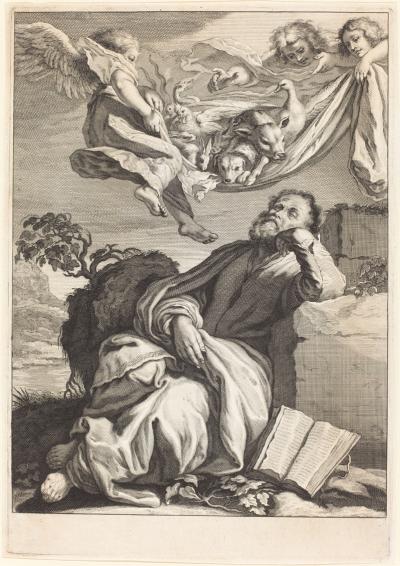
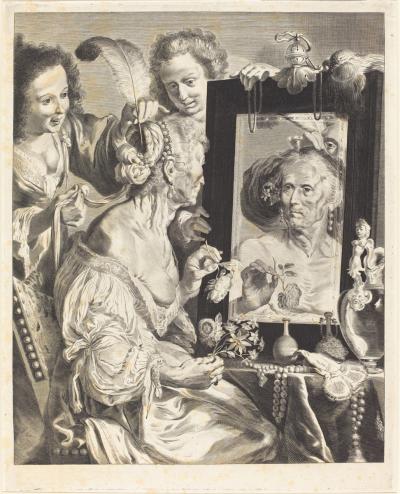
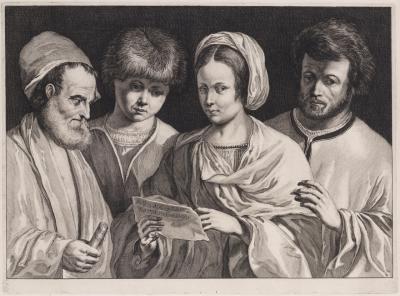
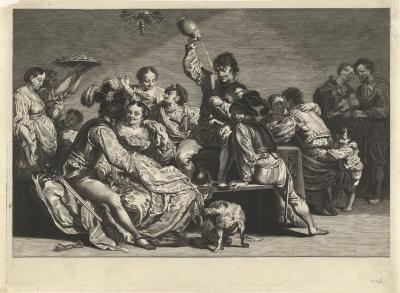
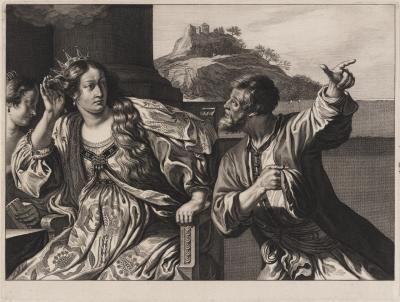
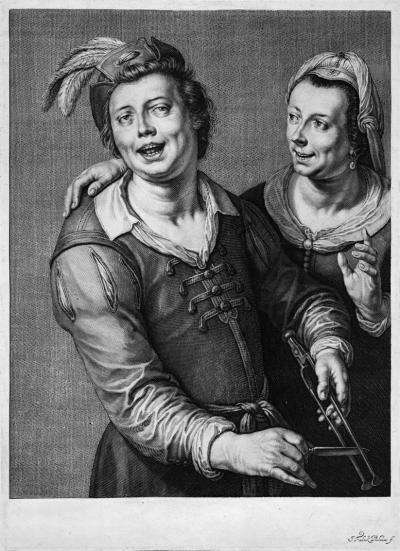

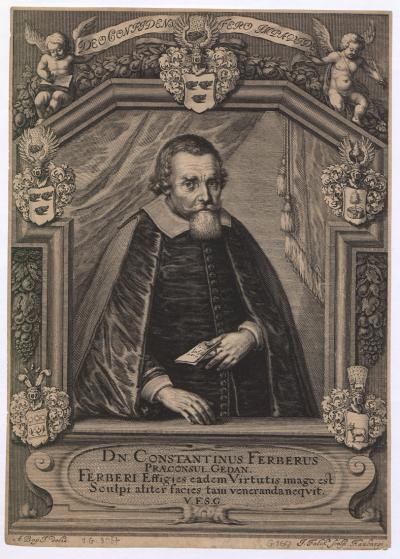
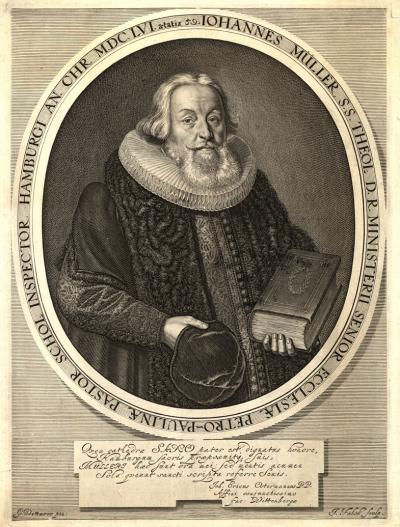
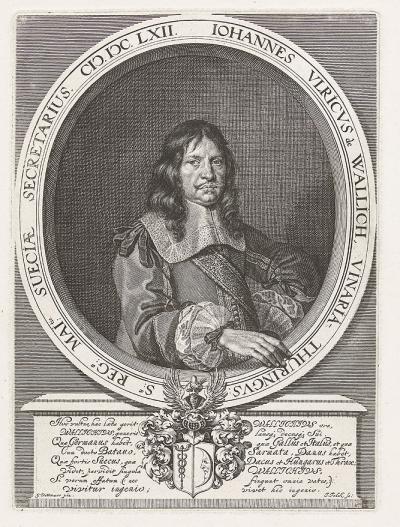
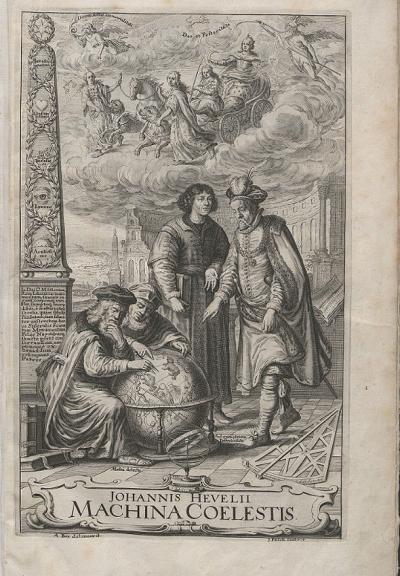
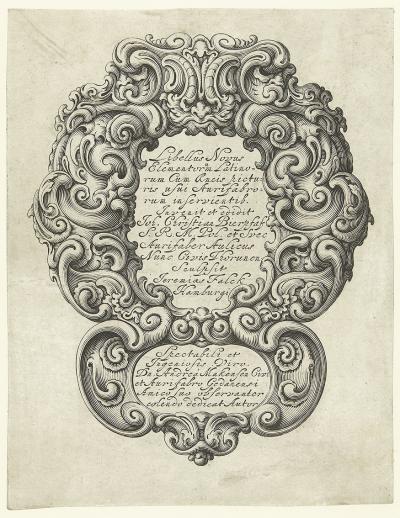
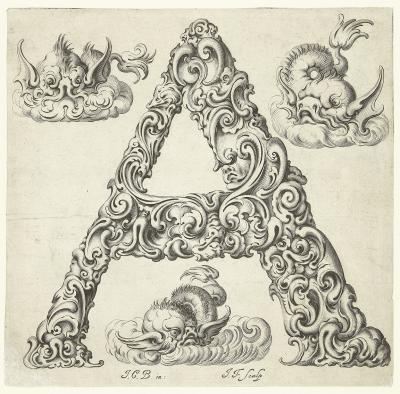
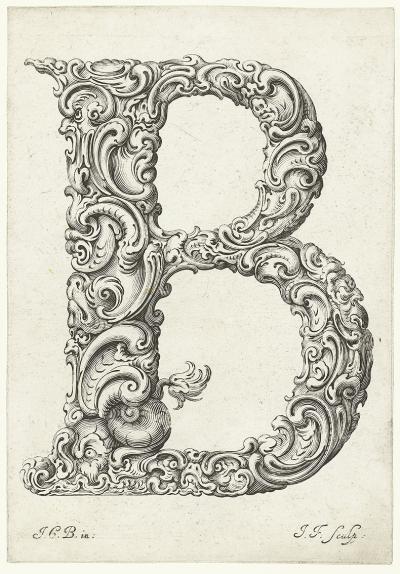
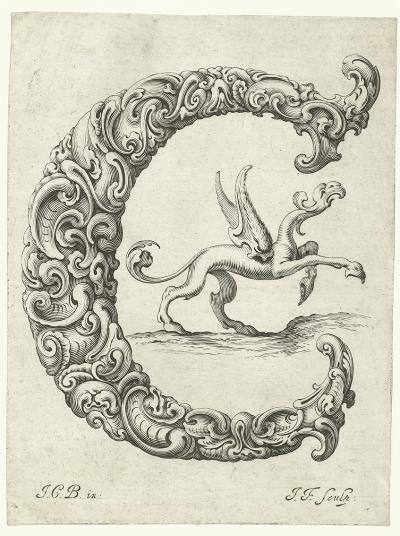
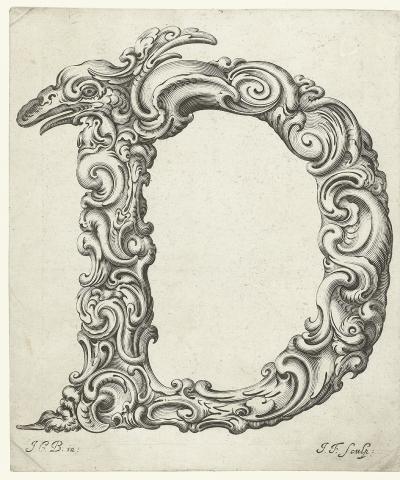
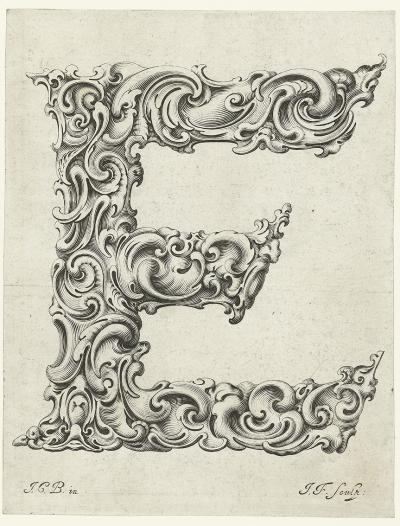

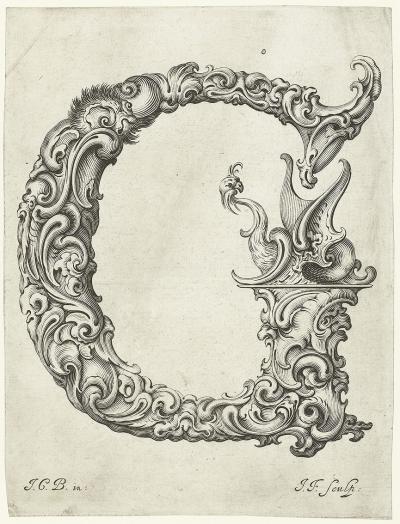
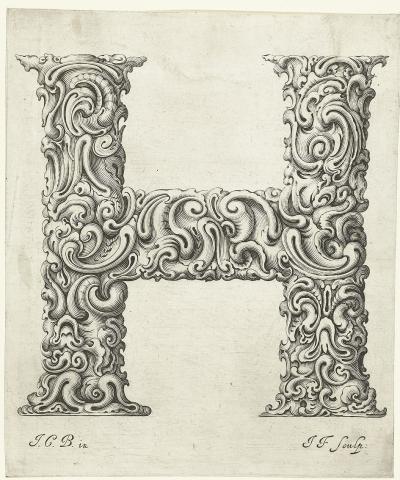
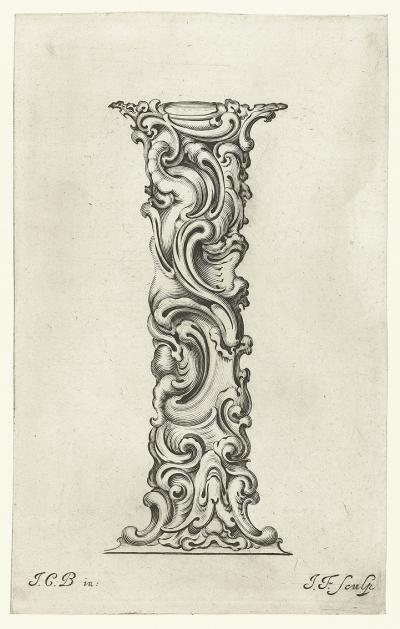
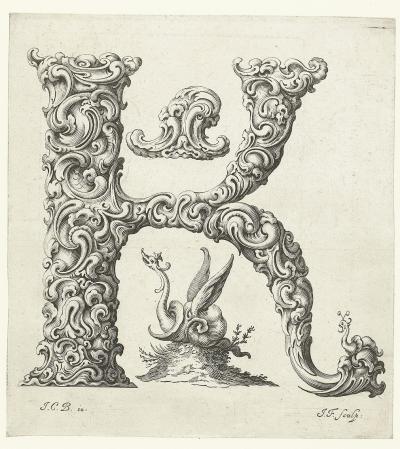
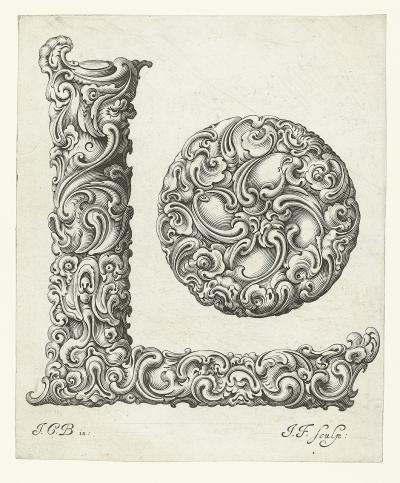
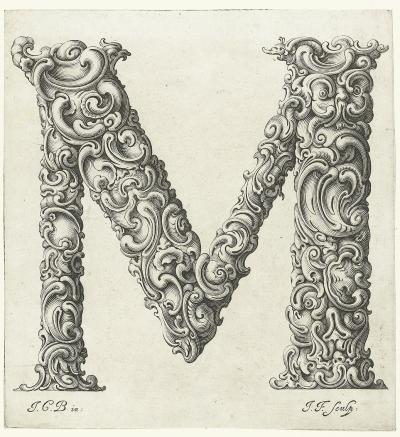
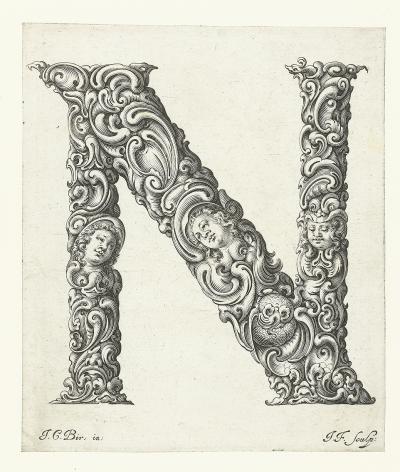
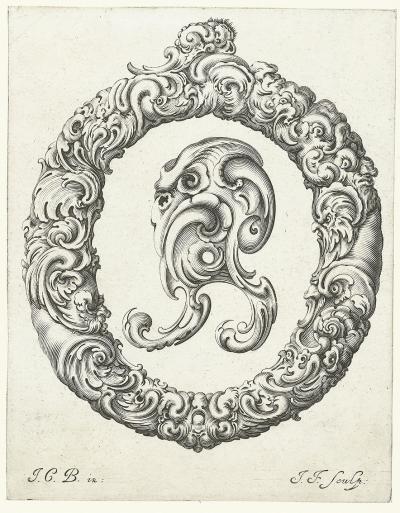
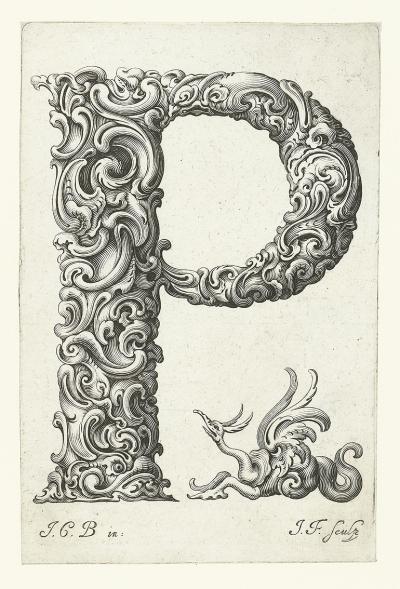
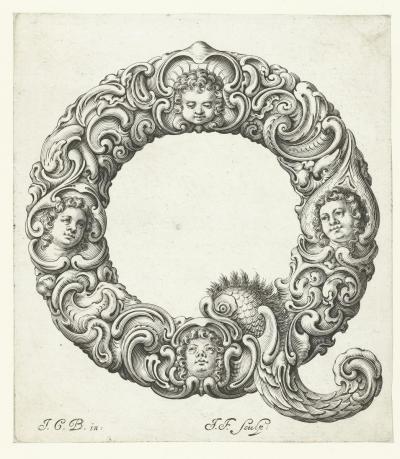
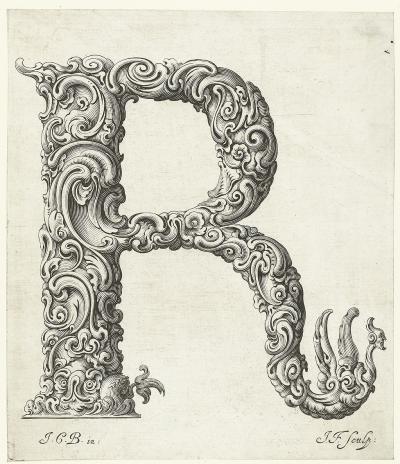
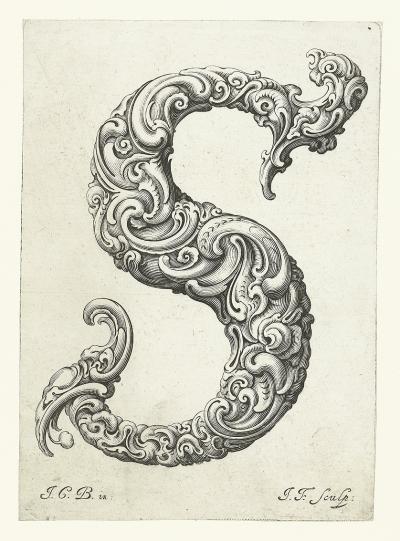
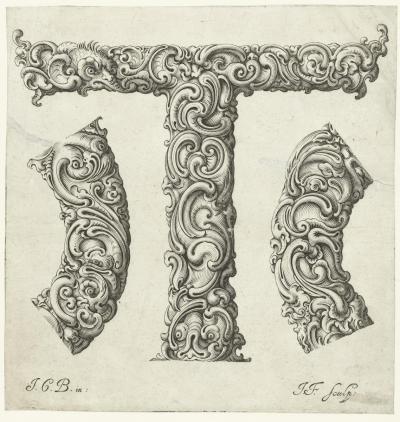
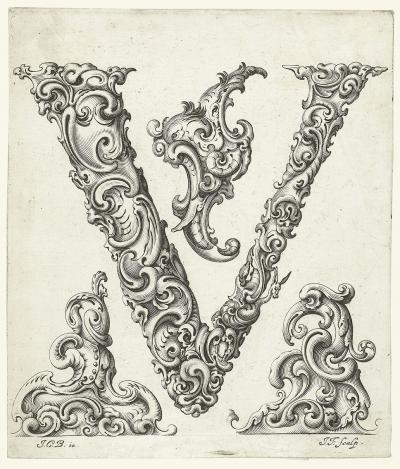
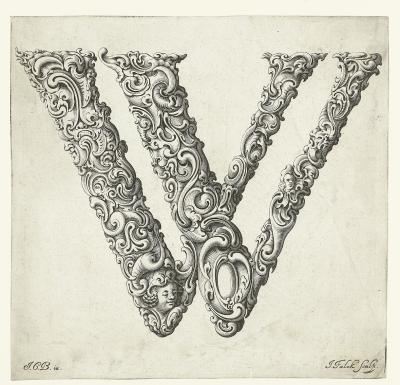
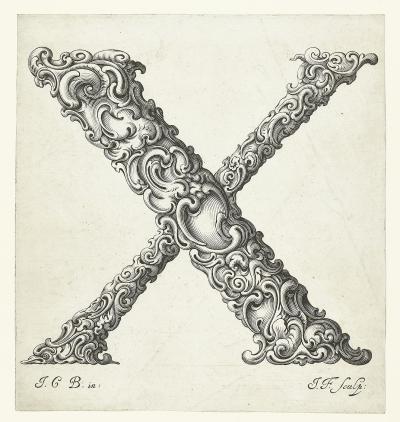
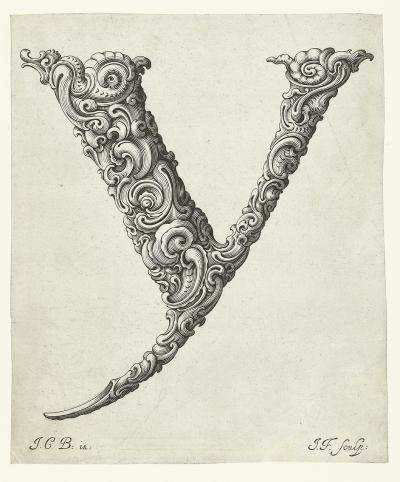
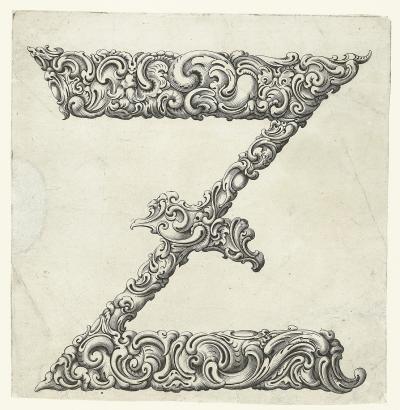

According to the Danzig City Councillor and author of a catalogue of works published in 1890 in Danzig, Julius C. Block, Jeremias Falck was “born in a German city, a German artist […] But merit should primarily go to our eastern neighbours, the Poles, for finding Falck’s work through the most diligent and continuous research and publicity. It must have been this that caused them to think that Falck was a Polish artist. That said he did sign his own works with the name “Polonus”, and others however with “Gedanensins”, as well as with “Sueciae Calcographus” on some engravings he completed in Stockholm” (PDF, p. 12 f.) As a rule the German variation of his name, Jeremias, (in Polish Jeremiasz) is used. But of course, Block was well aware that Falck was not a member of the Lutheran faith but committed to the reformed faith. This does not mean that we can exclude any German origins: it simply makes them less likely. In 1646 and 1649 he was inscribed as a godfather into the baptismal register of the reformed Church of St Peter and Paul in Danzig, the main church of the local Calvinists. In 1650 he was married there to Anna, the daughter of a merchant by the name of Arnold Mercator. And in 1671 he was laid to rest beneath a grave plate in the church. (PDF, p. 7 f., 12).[1]
From the mid-16th century the reformed confession spread from Switzerland into a huge number of countries in Europe due to the reformed Protestant influence of Ulrich Zwingli (1484-1531) and Johannes Calvin (1509-1564). The first reformed parishes in Danzig were set up by a few hundred citizens from the Netherlands who hade fled between 1567 and 1570 from the religious persecution by the Spanish Vice-Regent in the Netherlands, Fernando Herzog von Alba (1507-1582), and settled as foreigners outside the city, amongst others in Neugarten. In 1587 there were as many as 14 Calvinist preachers active in Danzig churches. From 1600 onwards the Dutch began to celebrate Holy Communion in the Church of the Holy Trinity under a chaplain from St. Peters Church. The Prussian reformed parish settled here during this time. .[2] The ancestors of Jeremias can be traced back to a certain Franz Falck, who died in Thorn in 1590.[3]
In 1646 and 1649 Jeremias became a godfather of children who simultaneously had Dutch godparents. A note in the baptismal register in St Peters Church, dated 18 September 1646, mentions that he was the godfather of a child belonging to his brother Hans. Further godparents were Anna Hondius, the daughter of a Dutch engraver Willem Hondius (1597-1652/58), who had been living in Danzig since 1636, and Anna Mercator (1620-1672), the daughter of the merchant Arnold Mercator († 1641) and great-granddaughter of the famous cartographer from Flanders, Gerhard Mercator (1512-1594). Jeremias was presumably trained by Willem Hondius. On 25 February he replaced Arndt Mercator as the godfather of the son of Peter and Elizabeth Bex, (PDF, p. 7). In the following year, on 9 June 1650 he married Anna Mercator (PDF, p. 8). When we consider that communion was taken at all these family religious occasions and that this was not possible in an interdenominational fashion, it seems obvious that Falck also came from a Dutch family. Indeed Hans Falck, by profession a cutler, is registered as living “in Neugarten“ (PDF, p. 7). Later generations of the Falcks remained true to the reformed faith and the church of St Peter and Paul. One of these was the parish wigmaker and provost of the poor, Johann Daniel Falk the Elder (1737-1808), who married a woman from a Huguenot family from the French reformed community. Another was their son, the lay theologian, writer and composer of hymns, Johannes Daniel Falk (1768-1826). Both of them clearly felt a bond with the German middle and upper-class residents of Danzig.[4]
There is no written evidence that Jeremias Falck was first trained in the art of engraving by Willem Hondius. But this seems probable because of their family ties and the stylistic similarities between Falck’s portraits and those of Hondius. Falck lived and worked in Paris between 1639 and 1645. In terms of style his works correspond with French and Dutch art, as practiced in the graphic and painting workshops of Abraham Bosse (1602/04-1676), François Chauveau (1613-1676) and Cornelis Bloemaert (1603-1692). In Paris he collaborated with leading artists and publishers like the painter from Leiden, Justus van Egmont (1601-1674), the Dutch engraver Guillaume de Gheyn (*ca. 1610), the Paris court painter and graphics’ merchant, Jean Le Blond (ca. 1636-1709), the engravers who were active in the middle of the century Jean-Baptiste Humbelot, François Mazot and Jérôme David (ca. 1605-1670), the graphics merchant and bookseller, publisher and painter, François Langlois (L'Anglois), known as Chartres or Ciartres (1588-1647) and the Flemish engraver and publisher, Herman Weyen (1638-1669).
We may presume that in his first years in Paris Falck worked as an apprentice in the workshops of the engravers there, that he was regarded as inexperienced and therefore not allowed to identify himself by name on his works. One of these early works was a book used for drawing lessons and a template book for engravers with details of the human body and images of male and female breasts based on drawings by the Bologna painter Giovanni Francesco Barbieri, known as Il Guercino (1591-1666). The book contains 23 engravings by Falck, none of which was signed. It was published in Paris by Weyen in 1641 under the title “Livre de Portraiture” (Block 172). At the time Block drew up his catalogue of works in 1890 a complete copy could be found in the Poznan Museum; today there is an incomplete copy in the university library in Heidelberg (see PDF).
In 1642 Falck began to engrave portraits of the French royal family based on paintings by the South Netherlands painter, Justus van Egmont, who had emigrated to France in 1628 after studying in Antwerp and working in the workshop of Peter Paul Rubens (1577-1649). In Paris he became the court painter for Louis XIII and Louis XIV. The first of these portraits was that of Anne Marie Louise d’Orléans (1627-1693), the niece of Louis XIII, whose membership of the royal family is made clear by her crown, her ermine cape and the lilies on her dress. On the engraving the author of the original painting is named as Justus d’Egmont: he is also simultaneously named as the publisher and his address is given. Falck signed it with the words “F. sculpsit” (English: engraved it) (Block 210, Ill. 1). In 1643 there followed a portrait of King Louis XIII (1601-1643) (Block 259, Ill. 2) and a portrait of Anna of Austria (1601-1666), who was called the Queen of France and Navarre on the engraving. Although she married Louis XIII in 1615, in reality she was Anna Maria Mauricia of Spain, archduchess of Austria. She was the mother of Louis XIV, and regent of the country between 1643 and 1651 (Block 209, Ill. 3). Both engravings name Egmont as the original painter and publisher, but now the engraver proudly wrote his full name: “Falck fecit” (English: did it). Two engravings of Louis XIII on horseback, one based on a painting by Jean Le Blond, were discovered by Block in Polish collections, namely in the Czartoryski Museum in Kraków/Muzeum Książąt Czartoryskich w Krakowie and in the collection belonging to Mieczysław Gwalbert Pawlikowski (1834-1903) in Lviv. In 1646 Falck made a portrait based on a painting by Egmont showing Louis XIV as a child beneath the Royal Crown, wearing an ermine cape and carrying a baton. Block saw a duplicate, made in the following year, in the Czartoryski Museum; today one can be found in the British Museum in London (Block 262, Ill. 4). Falck did not sign his 1645 portrait of Ludowika Maria Gonzaga, who married Władysław IV Wasa in the same year to become Queen of Poland. Born in Paris as Luisa Maria Gonzaga (1611-1667) she was intended to marry the Duke of Orleans in 1627 until the French king forebad the marriage. In 1640 she set up a literary salon in Paris where she met Johann II Kasimir Wasa, the brother of the Polish king. When Władysław IV died three years after their marriage, she married Johann and became the Queen of Poland, Grand Duchess of Lithuania and titular Queen of Sweden for the second time (Block 258, Ill. 5).
At the same time Falck made a series of engravings of historical personalities and those who had died in the previous decades: in 1644 , portraits of the astronomer Nicolas Copernicus from Thorn (1473-1543, Block 227, Ill. 6) and the Danish astronomer, Tycho Brahe (1546-1601, Block 214, Ill. 7), both of which were based on unknown originals. In 1645 he made an etching entitled “Gran Mogor”, based on a painting by Claude Vignon (1593-1670), showing an Oriental prince who was presumably the Grand Mogul of India, Akbar the Great (1542-1605). The engraving comes from a series of at least 25 sheets showing “Diverse Historical Male Figures”, edited by François Langlois: this was the only one engraved by Falck (Block 268, Ill. 8). Equally in 1645 he engraved a portrait of the Dutch cartographer and publisher Willem Blaeu (1571-1638, Block 211, Ill. 9), based on an unknown original; and a portrait of the Flemish anatomist, surgeon and botanist, Adriaan van den Spiegel (1578-1625). The latter was simultaneously the title engraving on a two-volume work that appeared in Amsterdam in the same year, entitled “Opera omnia” (Block 282, Ill. 10).
Falck also completed the vast majority of his mythological and allegorical portraits in Paris. He created a series of six Greek and Roman engravings showing Juno, Pallas, Venus, Diana, Flora and Paris (Block 55-60), all of which Block viewed in the Czartoryski Museum in Kraków. His allegorical portraits include “Twelve Months”, the “Five Senses”, the “Four Seasons”, the “Four Daytimes”, the “Four Ages”, the “Four Parts of the World”, the “Four Elements” and the “Four Areas of the World”, mostly in several sequences (Block 69-154). A huge number of European collections contain his engravings “January” and “March” from a sequence of sheets on the “Twelve Months”, based on paintings by Joachim von Sandrart (1606-1688), which are now exhibited in the State Gallery in the New Mansion in Schleißheim (Block 81, 82, Ill. 11, 12). An equally common single sheet entitled “The Day” is also one of the Daytime allegories. It is also based on a painting by Sandrart and shows a curly haired boy scattering flowers with his right hand and holding a torch in his left hand (Block 83, Ill. 13). Four engravings from a first series on the “Four Seasons” show the Roman goddesses Aurora, Venus, Diana and Proserpina, each with their individual attributes in costumes and with hair styles from Falck’s time, as the embodiments of morning, noon, evening and night (Block 115-118, Ill. 14-17). The series was published by Jean Le Blond, as were the second and third sequences on the same theme: Block saw them in the Czartoryski-Museum and the Pawlikowski collection (Block 119-126). Le Blond also published a series on the “Four Seasons”, embodied by lovers in contemporary costumes with freshly blossoming flowers, ears of corn, apples and grapes, and a trident presumably for catching fish (Block 101-104, Ill. 18-21). Le Blond also published the series “The Four Parts of the World” or “The Four Monarchies”, showing kings and emperors of Assyrians, Medes, Greeks and Romans in dramatically idealised poses and fantasy antiquated costumes based on sketches by Claude Vignon (Block 151-154, Ill. 22-25).
There are a huge number of portraits with Christian motifs from Falck’s time in Paris: Falck probably engraved a “Birth of Christ” from a painting by Paolo Veronese (1528-1588) (Block 3). Block saw a sheet with “Mary as the Queen of Heaven” and an “Adoration of the Shepherds” based on a work by Jacopo Palma (presumably the Younger, known as Palma il Giovane, 1548-1628) in the Pawlikowski collection in Lviv, and a “Virgin and Christchild” based on a work by Justus van Egmont in the Breslau Museum (Block 5, 7, 11). Falck engraved a portrait of “The Virgin Maria with Jesus and John The Baptist as a Child” from a painting by the French-Flemish artist, Jacques Stella (1596-1657), the court painter to Louis XIII; at the time it was in an Amsterdam collection and a very similar version today can be found in the Dunedin Public Art Gallery in New Zealand (Block 12, Ill. 26). Block saw a portrait of “St John the Baptist as child” in the Pawlikowski collection; a “Baptism of Christ” is claimed to be based on a painting by Titian (1488/90-1576) (Block 13, 15). Falck based an engraving, published by Le Blond and entitled “Christ on the Mount of Olives”, on a painting by the Italian artist, Guido Reni (1575-1642) (Block 16, Ill. 27). He engraved “Christ being Mocked with a Crown of Thorns” (Block 17, Title pciture) from a painting by Anthonis van Dyck (1599-1641). A version of the painting, where a soldier clad in an animal skin has been substituted by an aggressive dog on the left edge of the picture, can be found in the Prado Museum in Madrid. During Block’s time his engraving of a “Large Crucifixion”, also based on a painting by van Dyck and now in Amsterdam, could be found in the Polish Museum in Rapperswyl (Block 21). Falck made an engraving of the “Entombment of Christ” from a painting by an unknown master; Block saw duplicates in the Czartoryski Museum and the Pawlikowski collection. Today there is a sheet in the Rijksmuseum in Amsterdam (Block 22, Ill. 28). Still in Paris, Falck completed a huge number of portraits of Saints (Block 27, 28, 30-33): and in an oval frame, an engraving of the “Four Evangelists” whilst they were writing, whose attributes are based on paintings by the Antwerp artist, Pieter van Mol (1599-1650), who set up a workshop in Paris in 1631 and became the court painter to Louis XIII in 1637 (Block 34-37, Ill. 29 a-d); a sequence of sheets featuring the “Twelve Prophets”, published by Le Blond (Block 38-49), and a portrait of St Mary Magdalene, Catherine of Alexandria, Genoveva of Paris and Klara of Assisi, all based on works by different painters and published by different publishers (Block 50-53).
In 1646 Falck returned to Danzig, where he remained for the next three years. Proof of this is provided by the above-mentioned entries in the baptismal register of the church of St Peter and Paul. In 1649, with the help of Le Blond, who was the art agent for Queen Christina of Sweden, he was summoned to the court in Stockholm. Entires in the court register of payments published in 1876 in the “Album Muzeum Narodowego w Rapperswylu” (Block, PDF, p. 8) show that the artist was paid a total of 900 talers in silver coins in 1649. In 1650 he travelled to Danzig to marry Anna Mercator, and after that he travelled back to Stockholm with his wife.
During his time in Danzig the works he created were exclusively related to the city. These included the sole architectural portraits, as well as book titles and other portraits. When the freshly married Polish king, Władysław IV Wasa, visited Danzig with his queen, Ludowika Maria Gonzaga, three magnificent gates of honour were built from designs by the Danzig city painter, Adolf Boy (1612-1680?). Both Falck and Willem Hondius have passed them on to us in their engravings. Falck portrays a small triumphal arch with the figures of Atlas and Hercules. Above, in a rainbow, the city of Danzig can be seen in shining sunlight. Boy is given as the person who drew the portrait; Falck signed it for the first time with an additional designation: “Polonus” (Block 192, Ill. 30). A further sheet shows the images round the side pedestals in great detail (Block 193). The second gate of honour consists of two slim pyramids hung with flowers and fruits and a flying eagle wearing a crown, flanked by sculptures portraying Apollo and Diana (Block 194, Ill. 31). Here too the images on the side pedestals have also come down to us on a further sheet (Block 195). In Block’s time the copper plates for both gates of honour could be found in the town Hall in Danzig. The third gate of honour is known from the title page engraved by Falck from a description of this temporary construction made by Andreas Scato, which appeared in Danzig in 1646. The side pillars have two coats of arms and two female genii (on the left signifying victory with the Polish coat of arms and, on the right, peace with the Swedish coat of arms). Between them they hold a portrait of King Władysław IV framed in a wreath of laurels. At the foot of the gate is a huddled group of fettered hostages from peoples subjected by Władysław (Block 196, Ill. 32).
In 1647 Falck made the title engraving for a book containing speeches made by the Polish-Lithuanian statesman, Jerzy Ossoliński (1595-1650) to Pope Urban VIII (1568-1644) and secular leaders, whilst on a diplomatic mission from the Polish kings Sigismund III Wasa (1595-1632) and Władysław IV Wasa (1595-1648). Ossoliński had been appointed Grand Treasurer to the Polish Crown in 1630. In 1633 he was made Prince of Ossolin by Pope Urban, and was pronounced an Imperial Prince in 1634 by Kaiser Ferdinand II (1578-1637). In 1635, in Prussia, he signed the peace treaty of Stuhmsdorf between Poland and Sweden, and in 1636, at the Reichstag in Regensburg he concluded the marriage contract between Władysław IV and his first wife, Cäcilia Renata of Austria. In 1641 he travelled to Rome once more in order to explain Polish foreign policy plans to the Pope. The engraving attributed to Falck by the Polish historian and publicist, Józef Ignacy Kraszewski (1812-1887), shows Ossoliński kneeling before the Pope. The book was published in Danzig by the bookseller and publisher, Georg Förster (1615?-1660) (Block 203, Ill. 33). In the same year Falck engraved the title page for a work entitled “Selenographia sive Lunae Descriptio” (English: Selenography or the Description of the Moon). The cartography of the moon, written by the astronomer, Johannes Hevelius (1611-1687), and based on his own observations, was dedicated to Władysław IV. On either side of the words on the title page can be seen the astronomers Galileo and Alhazen, at the base is a view of the city of Danzig and the Danzig coat of arms. The page was drawn by Boy and signed by Falck as the engraver with the additional designation “Polonus”. It was published in Danzig by the bookseller and publisher, Andreas Hünefeld (1606-1652, Block 197, Ill. 34). A later double page shows a portrait of Hevelius, engraved by Falck from a painting by the Danzig artist, Helmich van Tweenhuysen II. (also Twenhusen or Iwenhusen, 1598/1604-1673). It also appeared as a single sheet (Block 245, Ill. 35). In the same year he engraved a portrait of Friedrich Wilhelm Markgraf von Brandenburg (1620-1688), presumably from a painting by Govaert Flinck (1615-1660): it was published by Förster in Danzig (Block 237, Ill. 36). In the following year there followed a portrait of the Lutheran theologian and pastor at St Mary’s Church in Danzig, Daniel Dilger (1572-1643), based on a painting by the Danzig artist, Salomon Wegner (ca. 1580 - ca. 1649, Block 230, Ill. 37).
In 1649 Falck made some engravings at the Swedish court in Stockholm, based on paintings by the Dutch artist David Beck (1621-1656), whom Queen Christina (1626-1689) had appointed as her court painter two years previously. Some of these are portraits of the Queen herself (Block 222, 223, Ill. 38), alongside others of Carl Gustav Pfalzgraf bei Rhein (later King Karl X Gustav, 1622-1660), who had been named as the successor to the Swedish throne in 1649 (Block 216, 217, Ill. 39); the Swedish statesman and Field Marshal, Magnus Gabriel De la Gardie (1622-1686), the chief of the Queen’s bodyguard, brother-in-law to Carl Gustav and general governor of Livonia (Block 240, Ill. 40); the Dutch merchant and entrepreneur, Louis de Geer (1587-1652), who had been living in Sweden since 1627 and was working for the Swedish Crown (Block 242, Ill. 41); and the Swedish Field Marshal, Lennart Torstensson Graf von Ortala (1603-1651), who had been the general governor of the Western provinces in the country since 1648 (Block 284, Ill. 42). Falck ran a copperplate printing press that was based in the Castle, and published his own engravings. In 1650 Queen Christina appointed him as the court engraver. This made him a civil servant and gave him an annual salary of 6000 Reichstalers. (Block, PDF, S. 9). From then on he signed the text on his engravings with an additional designation “S.R.M. Sveciae Chalcographus”. He regularly travelled to Danzig in order to take on portrait commissions. His daughter Anna Magdalena was born on 3 January 1653 and baptised in Stockholm. When Queen Christina abdicated in 1654, leaving the Swedish crown to her cousin, Karl X Gustav, Falck lost his post and returned to Danzig.
During his years in Stockholm he completed further engravings based on portraits painted mostly by Beck: the majority of them showed Swedish officers and commanders from the Nordic Wars and the Thirty Years War. These included, in 1650, a portrait of the Swedish Imperial Admiral and Imperial Treasurer, Gabriel Bengtsson Oxenstierna von Korsholm und Wasa (1586-1656, Block 273, Ill. 43); in 1651; portraits of Robert Earl Douglas (1611-1662), a Swedish military commander (Block 231, Ill. 44), Friedrich Christoph von Hammerstein (1608-1685), the Swedish Master of the Watch (Block 244, Ill. 45), the Swedish commander Gustaf Karlsson Horn Graf von Björneborg (1592-1657. Block 246, Ill. 46), Hans Christoph Earl of Kingsmarck (1600-1663), a Swedish colonel who fought alongside Torstensson in Silesia and Saxony in 1643, and fought for Sweden in 1648 in the Electoral Palatinate, Lower Saxony, Westphalia, Franconia and Bohemia, after which (as Falck also noted) he was appointed to the post of Field Marshal and Earl of Westerwik and Stegholm (Block 250, Ill. 47); Axel Lillie (1603-1662), a Swedish colonel who also fought alongside Torstensson, became Commander of Leipzig and Governor of the Margravate of Meißen in 1642 after the Battle of Breitenfeld, and was appointed by Queen Christina in 1651 as the ‘Earl of Lesstra and Skötrop (Block 255, Ill. 48); Arvid Wittenberg (1606-1657), the Earl of Debern and Neuburg, who had been a Major General in the Swedish army since 1639 and fought in Silesia and Pommerania (Block 292, Ill. 49). In 1652 Falck engraved a portrait of Axel Oxenstierna (1583-1654), who was made the Swedish Imperial Chancellor in1612, Governor of Riga in 1622 and Chancellor of the University of Uppsala in 1645 (Block 272, Ill. 50); in 1653 he completed another portrait of Queen Christina, a sheet whose existence was doubted by Block, a copy of which was later found in Teylers Museum in Haarlem (Block 224, Ill. 51). In 1654 he made another large-format splendid portrait of Carl Gustav, this time as the Swedish King Karl X Gustav, wearing a breastplate, with an ermine cloak in oval laurel wreaths wound around with oak branches (Block 218, Ill. 52): it is signed with the single word “Falck” because his post as court engraver had not be renewed by Karl; in 1655 he completed a portrait of the Swedish Field Marshal and Imperial Councillor, Carl Gustav Wrangel (1613–1676), based on a painting made in the Castle of Skokloster by the Hamburg artist, David Klöcker Ehrenstrahl (1629-1698), who had arrived in Wrangel’s retinue in Stockholm in 1652. The large format engraving is signed for the first time with his full name “Jeremias Falck” (Block 295, Ill. 53).
During his stay in Danzig between 1650 and 1654 Falck made copperplate engravings of Polish aristocrats, mostly based on paintings by the Danzig artist, Daniel Schultz (the Younger, 1615-1683), who was the court painter to the Polish kings Johann II Kasimir Wasa, Michael Korybut Wiśniowiecki and Johann III Sobieski between 1649 and 1660. In 1650 he completed an engraving of King Władysław IV, who had died two years earlier. It was published by Förster in Danzig (Block 293, Ill. 54). In 1652, in Stockholm, he executed portraits of Maciej (Matthias) Łubieński (1572-1652), Archbishop of Gniezno (Block 256, Ill. 55), Achacy Przyłęcki (ca. 1630-1656), a state official in Kraków and Captain of Oświęcim (Block 274, Ill. 56); and Hieronim Radziejowski (1612-1667), a politician, diplomat and military commander who was forced to flee into exile in 1652 following a plot against the Polish king (Block 276, Ill. 57); in 1653 there followed portraits of Jerzy Sebastian Lubomirski (1616-1667), a general who fought against the Cossacks during the Polish-Lithuanian war (Block 257, Ill. 58), and of Łukasz Opaliński (the Elder, 1581–1654), who had been Captain of Poznań since 1615 and was the Grand Marshal of Poland and head of the County of Rawa between 1634 and 1650 (Mazowiecka, Block 270, Ill. 59); the last two were published by Förster. In 1654 Falck completed a portrait of Bogusław Radziwiłł (1620-1669), Duke of Birsen and Dubinki, who lived at the court of Johann II in Warsaw from 1648 onwards, and in 1651 commanded the forces who defeated the Cossacks in the Battle of Beresteczko (Block 277, Ill. 60). This was also published by Förster.
Presumably during his years in Danzig, he made a series of undated portraits of Polish aristocrats for the publisher Georg Förster. Some of them were signed with the additional designation “Polonus”. His subjects included Piotr Gembicki (1585-1657), who was made Grand Chancellor under Władysław IV in 1638 and Bishop of Kraków in 1642 (Block 243, Ill. 61), Andrzej Leszczyński (1608-1658), vice-Chancellor from 1645, from 1646 Bishop of Chełmno (Block 252, Ill. 62), Bogusław Leszczyński, Duke of Leszno (1614–1659), in 1642 starost of Greater Poland, between 1650 and 1658 Grand Treasurer of the Crown/Podskarbi wielki koronny (Block 253, Ill. 63), Wacław Leszczyński (1576-1628), from 1625 Grand Chancellor of the Crown, in 1628 starost of Greater Poland (Block 254, Ill. 64), Jerzy Ossoliński (1595-1650), a Polish-Lithuanian statesman who became Grand Chancellor of the Crown in 1643 (Block 271, Ill. 65), Jerzy Tyszkiewicz (1596-1656), from 1649 Bishop of Wilno (Block 286, Ill. 66), and finally a portrait of the Amsterdam painter, Helmich van Tweenhuysen II, probably based on a self-portrait (Block 249, Ill. 67).
In 1655 Falck fled from Danzig with Hondius and Förster because they feared that the Second Nordic War between Sweden and Poland would spread as far as Danzig. After the abdication of Queen Christina in 1654, the Polish King Johann II Kasimir, great grandson of the Swedish King Gustav I (1496-1560) and last surviving Wasa, laid claim to the Swedish throne. Simultaneously the war between Sweden and Poland was all about which country was to dominate the two Baltic states. In July 1655 the Swedish Field Marshal, Arvid Wittenberg (Ill. 49) left Pommerania for Poland with an army of 14,000 men to counter the Polish forces of 13,000 men and 1,400 peasants in the Battle of Ujście. The Swedish King Karl X Gustav (Ill. 52) occupied Poland with an army of 15,000 men. Falck went to Copenhagen to apply for a post at the Danish Court. There he made a portrait of Friedrich III, King of Denmark and Norway (1609-1670), in a wreath of laurels with a suit of armour and ermine mantle. Duplicates appeared in Hamburg one year later. (Block 236, Ill. 68).
When Falck’s efforts to find a post in Copenhagen proved unsuccessful he travelled to Amsterdam, possibly on the advice of the Dutch artists and publishers he had met during his time in Paris. There he found work with the Amsterdam merchant and art collector, Gerrit Reynst (1599-1658), who had commissioned a group of engravers to engrave his complete art collection: these included Cornelis II van Dalen, Cornelis Visscher, Pieter Pietersz Holsteyn, Jan Lutma and Theodor Matham (Block, PDF, p. 10 also names Jacob Matham and Schelte Adamsz. à Bolswert). From 1625 onwards, along with his brother Jan (1601-1646) Gerrit Reynst collected them in Venice and after he died in Amsterdam they were made accessible to the general public. The collection of engravings was never completed after Reynst, who was the Lord Mayor of Amsterdam, drowned in the canal in front of his house in 1658. In December that year Falck, who was now in Hamburg wrote to Johannes Hevelius in Danzig that he had “wretchedly perished” (Block, PDF, p. 11). Thirty-four etchings based on paintings in the Reynst collection, of which 13 were by Falck, appeared in a work published by Cornelis Visscher in 1660. By this time Reynst’s widow had sold the art works to collectors all over Europe and to the Netherlands States General. The latter then made a gift of its 24 paintings, most from the time of the Italian Renaissance, to King Charles II of England (the so-called “Dutch Gift“), an act intended to improve the relations between the two countries. In 1657 Falck moved to Hamburg, as is demonstrated by a portrait dated in the same year of the Professor of Law in Rostock, Christian Woldenberg. Falck wrote to Hevelius that Reynst had paid him a fee of 2600 guilders for his work.
The engravings Falck made in Amsterdam between 1655 and 1657 are based on paintings from the “Cabinet Reynst”, some of which still exist in international collections. The painters to whom the original works are attributed by art historians sometimes differ greatly from the details given on Falck’s engravings. This is probably because the Reynst brothers were erroneously or consciously given false details by the sellers when they purchased the paintings in Venice. Hence the painting “Esau sells his birthright” that can be found in the Hermitage Museum in St Petersburg today, is now attributed to the Dutch artist, Matthias Stomer (ca. 1600 - after 1652), whereas Falck names the painter as the Venetian, Jacopo Tintoretto (Block 1, Ill. 69). The “Adoration of the Shepherds” by Lorenzo Lotto (1480-1557) is attributed by Falck to Paolo Veronese (Block 6, Ill. 70). A “Veneration of the Holy Family” by the shepherds, the young Tobias and other saints under the archangel Raphael has now been identified in Hampton Court Palace in London as a painting by Bonifazio Veronese (1487-1553), whereas Falck names the artist as Jacopo Palma il Vecchio (Block 10, Ill. 73). A “Carrying of the Cross” by Jacopo Bassano (ca. 1510-1592) can now be seen in the National Gallery in London; Falck, however names Paolo Veronese as the original artist (Block 18, Ill. 74). As with Falck, a “Portrait of Christ in the Temple” is still regarded as a painting by Andrea Schiavone (1510/1515-1563, Block 8, Ill. 71), the “Virgin Mary with the Christ child and St Anna” is listed as a picture by Andrea del Sarto (1486-1530, Block 9, Ill. 72). The “Ecstasy of St Paul” is clearly based on a painting by Johann Liss (ca. 1597-1631), the whereabouts of which are now unknown (Block 26, Ill. 75). The “Vision of St Peter” was clearly engraved from a painting by Domenico Fetti (1589-1624), that has now been lost (Block 29, Ill. 76). The “Old Woman at her Toilet Table” is based on a picture by Bernardo Strozzi (1581-1644, Block 156, Ill. 77), whereas Falck notes that both were painted by Johann Liss. The “Concert” is now regarded as the work of Giorgione (1478-1510) and not Guercino (Block 158, Ill. 78). The present whereabouts of two other paintings are now known: “The Prodigal Son with the Harlots” by Johann Liss (ca. 1597-1631) can be found in the Germanisches Nationalmuseum in Nuremberg (Block 160, Ill. 79); and a scene featuring “Queen Semiramis” by Guercino (1591-1666) is now in the Museum of Fine Arts in Boston (Block 155, Ill. 80).
All these works by Falck are contained in a book of etchings published by Cornelis Visscher, sometime after 1660, with the exception of a “Singing Couple” that was also in the “Cabinet Reynst”, and can be ascribed to several Dutch Masters, but probably not Cornelis van Haarlem, as noted by Falck (Block 157, Ill. 81). A duplicate of the engraving entitled “John the Baptist preaching a Sermon”, based on a painting by Abraham Blomaert (1564-1651) later appeared in Hamburg in 1661 (Block 14, Ill. 82). Block names four other paintings from the Reynst collection, from which Falck made engravings: a “Carrying of the Cross” by Paolo Veronese (Block 19), a “Crucifixion” by Antonis van Dyck (Falck’s large format engraving was once in the Poland Museum /Muzeum Polskie in Rapperswyl, Block 21).[5] Falck made an engraving of the “Entombment of Christ” from a painting by an unknown master; Block saw duplicates in the Czartoryski Museum and the Pawlikowski collection. Today there is a sheet in the Rijksmuseum in Amsterdam (Block 22, Ill. 28). Still in Paris, Falck completed a huge number of portraits of Saints (Block 27, 28, 30-33): and in an oval frame, an engraving of the “Four Evangelists” whilst they were writing, whose attributes are based on paintings by the Antwerp artist, Pieter van Mol (1599-1650), who set up a workshop in Paris in 1631 and became the court painter to Louis XIII in 1637 (Block 34-37, Ill. 29 a-d); a sequence of sheets featuring the “Twelve Prophets”, published by Le Blond (Block 38-49), and a portrait of St Mary Magdalene, Catherine of Alexandria, Genoveva of Paris and Klara of Assisi, all based on works by different painters and published by different publishers (Block 50-53).
In 1646 Falck returned to Danzig, where he remained for the next three years. Proof of this is provided by the above-mentioned entries in the baptismal register of the church of St Peter and Paul. In 1649, with the help of Le Blond, who was the art agent for Queen Christina of Sweden, he was summoned to the court in Stockholm. Entires in the court register of payments published in 1876 in the “Album Muzeum Narodowego w Rapperswylu” (Block, PDF, p. 8) show that the artist was paid a total of 900 talers in silver coins in 1649. In 1650 he travelled to Danzig to marry Anna Mercator, and after that he travelled back to Stockholm with his wife.
During his time in Danzig the works he created were exclusively related to the city. These included the sole architectural portraits, as well as book titles and other portraits. When the freshly married Polish king, Władysław IV Wasa, visited Danzig with his queen, Ludowika Maria Gonzaga, three magnificent gates of honour were built from designs by the Danzig city painter, Adolf Boy (1612-1680?). Both Falck and Willem Hondius have passed them on to us in their engravings.[6] Falck portrays a small triumphal arch with the figures of Atlas and Hercules. Above, in a rainbow, the city of Danzig can be seen in shining sunlight. Boy is given as the person who drew the portrait; Falck signed it for the first time with an additional designation: “Polonus” (Block 192, Ill. 30). A further sheet shows the images round the side pedestals in great detail (Block 193). The second gate of honour consists of two slim pyramids hung with flowers and fruits and a flying eagle wearing a crown, flanked by sculptures portraying Apollo and Diana (Block 194, Ill. 31). Here too the images on the side pedestals have also come down to us on a further sheet (Block 195). In Block’s time the copper plates for both gates of honour could be found in the town Hall in Danzig. The third gate of honour is known from the title page engraved by Falck from a description of this temporary construction made by Andreas Scato, which appeared in Danzig in 1646. The side pillars have two coats of arms and two female genii (on the left signifying victory with the Polish coat of arms and, on the right, peace with the Swedish coat of arms). Between them they hold a portrait of King Władysław IV framed in a wreath of laurels. At the foot of the gate is a huddled group of fettered hostages from peoples subjected by Władysław (Block 196, Ill. 32).
In 1647 Falck made the title engraving for a book containing speeches made by the Polish-Lithuanian statesman, Jerzy Ossoliński (1595-1650) to Pope Urban VIII (1568-1644) and secular leaders, whilst on a diplomatic mission from the Polish kings Sigismund III Wasa (1595-1632) and Władysław IV Wasa (1595-1648). Ossoliński had been appointed Grand Treasurer to the Polish Crown in 1630. In 1633 he was made Prince of Ossolin by Pope Urban, and was pronounced an Imperial Prince in 1634 by Kaiser Ferdinand II (1578-1637). In 1635, in Prussia, he signed the peace treaty of Stuhmsdorf between Poland and Sweden, and in 1636, at the Reichstag in Regensburg he concluded the marriage contract between Władysław IV and his first wife, Cäcilia Renata of Austria. In 1641 he travelled to Rome once more in order to explain Polish foreign policy plans to the Pope. The engraving attributed to Falck by the Polish historian and publicist, Józef Ignacy Kraszewski (1812-1887), shows Ossoliński kneeling before the Pope. The book was published in Danzig by the bookseller and publisher, Georg Förster (1615?-1660) (Block 203, Ill. 33). In the same year Falck engraved the title page for a work entitled “Selenographia sive Lunae Descriptio” (English: Selenography or the Description of the Moon). The cartography of the moon, written by the astronomer, Johannes Hevelius (1611-1687), and based on his own observations, was dedicated to Władysław IV. On either side of the words on the title page can be seen the astronomers Galileo and Alhazen, at the base is a view of the city of Danzig and the Danzig coat of arms. The page was drawn by Boy and signed by Falck as the engraver with the additional designation “Polonus”. It was published in Danzig by the bookseller and publisher, Andreas Hünefeld (1606-1652, Block 197, Ill. 34). A later double page shows a portrait of Hevelius, engraved by Falck from a painting by the Danzig artist, Helmich van Tweenhuysen II. (also Twenhusen or Iwenhusen, 1598/1604-1673). It also appeared as a single sheet (Block 245, Ill. 35). In the same year he engraved a portrait of Friedrich Wilhelm Markgraf von Brandenburg (1620-1688), presumably from a painting by Govaert Flinck [7] (1615-1660): it was published by Förster in Danzig (Block 237, Ill. 36). In the following year there followed a portrait of the Lutheran theologian and pastor at St Mary’s Church in Danzig, Daniel Dilger (1572-1643), based on a painting by the Danzig artist, Salomon Wegner (ca. 1580 - ca. 1649, Block 230, Ill. 37).
In 1649 Falck made some engravings at the Swedish court in Stockholm, based on paintings by the Dutch artist David Beck (1621-1656), whom Queen Christina (1626-1689) had appointed as her court painter two years previously. Some of these are portraits of the Queen herself (Block 222, 223, Ill. 38), alongside others of Carl Gustav Pfalzgraf bei Rhein (later King Karl X Gustav, 1622-1660), who had been named as the successor to the Swedish throne in 1649 (Block 216, 217, Ill. 39),[8] the Swedish statesman and Field Marshal, Magnus Gabriel De la Gardie (1622-1686), the chief of the Queen’s bodyguard, brother-in-law to Carl Gustav and general governor of Livonia (Block 240, Ill. 40); the Dutch merchant and entrepreneur, Louis de Geer (1587-1652), who had been living in Sweden since 1627 and was working for the Swedish Crown (Block 242, Ill. 41); and the Swedish Field Marshal, Lennart Torstensson Graf von Ortala (1603-1651), who had been the general governor of the Western provinces in the country since 1648 (Block 284, Ill. 42). Falck ran a copperplate printing press that was based in the Castle, and published his own engravings. In 1650 Queen Christina appointed him as the court engraver. This made him a civil servant and gave him an annual salary of 6000 Reichstalers. (Block, PDF, S. 9). From then on he signed the text on his engravings with an additional designation “S.R.M. Sveciae Chalcographus”. He regularly travelled to Danzig in order to take on portrait commissions. His daughter Anna Magdalena was born on 3 January 1653 and baptised in Stockholm. When Queen Christina abdicated in 1654, leaving the Swedish crown to her cousin, Karl X Gustav, Falck lost his post and returned to Danzig.
During his years in Stockholm he completed further engravings based on portraits painted mostly by Beck: the majority of them showed Swedish officers and commanders from the Nordic Wars and the Thirty Years War. These included, in 1650, a portrait of the Swedish Imperial Admiral and Imperial Treasurer, Gabriel Bengtsson Oxenstierna von Korsholm und Wasa (1586-1656, Block 273, Ill. 43); in 1651; portraits of Robert Earl Douglas (1611-1662), a Swedish military commander (Block 231, Ill. 44), Friedrich Christoph von Hammerstein (1608-1685), the Swedish Master of the Watch (Block 244, Ill. 45), the Swedish commander Gustaf Karlsson Horn Graf von Björneborg (1592-1657. Block 246, Ill. 46), Hans Christoph Earl of Kingsmarck (1600-1663), a Swedish colonel who fought alongside Torstensson in Silesia and Saxony in 1643, and fought for Sweden in 1648 in the Electoral Palatinate, Lower Saxony, Westphalia, Franconia and Bohemia, after which (as Falck also noted) he was appointed to the post of Field Marshal and Earl of Westerwik and Stegholm (Block 250, Ill. 47),[9] Axel Lillie (1603-1662), a Swedish colonel who also fought alongside Torstensson, became Commander of Leipzig and Governor of the Margravate of Meißen in 1642 after the Battle of Breitenfeld, and was appointed by Queen Christina in 1651 as the ‘Earl of Lesstra and Skötrop (Block 255, Ill. 48); Arvid Wittenberg (1606-1657), the Earl of Debern and Neuburg, who had been a Major General in the Swedish army since 1639 and fought in Silesia and Pommerania (Block 292, Ill. 49). In 1652 Falck engraved a portrait of Axel Oxenstierna (1583-1654), who was made the Swedish Imperial Chancellor in1612, Governor of Riga in 1622 and Chancellor of the University of Uppsala in 1645 (Block 272, Ill. 50); in 1653 he completed another portrait of Queen Christina, a sheet whose existence was doubted by Block, a copy of which was later found in Teylers Museum in Haarlem (Block 224, Ill. 51). In 1654 he made another large-format splendid portrait of Carl Gustav, this time as the Swedish King Karl X Gustav, wearing a breastplate, with an ermine cloak in oval laurel wreaths wound around with oak branches (Block 218, Ill. 52): it is signed with the single word “Falck” because his post as court engraver had not be renewed by Karl; in 1655 he completed a portrait of the Swedish Field Marshal and Imperial Councillor, Carl Gustav Wrangel (1613–1676), based on a painting made in the Castle of Skokloster by the Hamburg artist, David Klöcker Ehrenstrahl (1629-1698),[10] who had arrived in Wrangel’s retinue in Stockholm in 1652. The large format engraving is signed for the first time with his full name “Jeremias Falck” (Block 295, Ill. 53).
During his stay in Danzig between 1650 and 1654 Falck made copperplate engravings of Polish aristocrats, mostly based on paintings by the Danzig artist, Daniel Schultz (the Younger, 1615-1683), who was the court painter to the Polish kings Johann II Kasimir Wasa, Michael Korybut Wiśniowiecki and Johann III Sobieski between 1649 and 1660. In 1650 he completed an engraving of King Władysław IV, who had died two years earlier. It was published by Förster in Danzig (Block 293, Ill. 54). In 1652, in Stockholm, he executed portraits of Maciej (Matthias) Łubieński (1572-1652), Archbishop of Gniezno (Block 256, Ill. 55), Achacy Przyłęcki (ca. 1630-1656), a state official in Kraków and Captain of Oświęcim (Block 274, Ill. 56); and Hieronim Radziejowski (1612-1667), a politician, diplomat and military commander who was forced to flee into exile in 1652 following a plot against the Polish king (Block 276, Ill. 57); in 1653 there followed portraits of Jerzy Sebastian Lubomirski (1616-1667), a general who fought against the Cossacks during the Polish-Lithuanian war (Block 257, Ill. 58), and of Łukasz Opaliński (the Elder, 1581–1654), who had been Captain of Poznań since 1615 and was the Grand Marshal of Poland and head of the County of Rawa between 1634 and 1650 (Mazowiecka, Block 270, Ill. 59); the last two were published by Förster. In 1654 Falck completed a portrait of Bogusław Radziwiłł (1620-1669), Duke of Birsen and Dubinki, who lived at the court of Johann II in Warsaw from 1648 onwards, and in 1651 commanded the forces who defeated the Cossacks in the Battle of Beresteczko (Block 277, Ill. 60). This was also published by Förster.
Presumably during his years in Danzig, he made a series of undated portraits of Polish aristocrats for the publisher Georg Förster. Some of them were signed with the additional designation “Polonus”. His subjects included Piotr Gembicki (1585-1657), who was made Grand Chancellor under Władysław IV in 1638 and Bishop of Kraków in 1642 (Block 243, Ill. 61), Andrzej Leszczyński (1608-1658), vice-Chancellor from 1645, from 1646 Bishop of Chełmno (Block 252, Ill. 62), Bogusław Leszczyński, Duke of Leszno (1614–1659), in 1642 starost of Greater Poland, between 1650 and 1658 Grand Treasurer of the Crown/Podskarbi wielki koronny (Block 253, Ill. 63), Wacław Leszczyński (1576-1628), from 1625 Grand Chancellor of the Crown, in 1628 starost of Greater Poland (Block 254, Ill. 64), Jerzy Ossoliński (1595-1650), a Polish-Lithuanian statesman who became Grand Chancellor of the Crown in 1643 (Block 271, Ill. 65), Jerzy Tyszkiewicz (1596-1656), from 1649 Bishop of Wilno (Block 286, Ill. 66), and finally a portrait of the Amsterdam painter, Helmich van Tweenhuysen II, probably based on a self-portrait (Block 249, Ill. 67).
In 1655 Falck fled from Danzig with Hondius and Förster because they feared that the Second Nordic War between Sweden and Poland would spread as far as Danzig. After the abdication of Queen Christina in 1654, the Polish King Johann II Kasimir, great grandson of the Swedish King Gustav I (1496-1560) and last surviving Wasa, laid claim to the Swedish throne. Simultaneously the war between Sweden and Poland was all about which country was to dominate the two Baltic states. In July 1655 the Swedish Field Marshal, Arvid Wittenberg (Ill. 49) left Pommerania for Poland with an army of 14,000 men to counter the Polish forces of 13,000 men and 1,400 peasants in the Battle of Ujście. The Swedish King Karl X Gustav (Ill. 52) occupied Poland with an army of 15,000 men. Falck went to Copenhagen to apply for a post at the Danish Court. There he made a portrait of Friedrich III, King of Denmark and Norway (1609-1670), in a wreath of laurels with a suit of armour and ermine mantle. Duplicates appeared in Hamburg one year later. (Block 236, Ill. 68).
When Falck’s efforts to find a post in Copenhagen proved unsuccessful he travelled to Amsterdam, possibly on the advice of the Dutch artists and publishers he had met during his time in Paris. There he found work with the Amsterdam merchant and art collector, Gerrit Reynst (1599-1658), who had commissioned a group of engravers to engrave his complete art collection: these included Cornelis II van Dalen, Cornelis Visscher, Pieter Pietersz Holsteyn, Jan Lutma and Theodor Matham [11] (Block, PDF, p. 10 also names Jacob Matham and Schelte Adamsz. à Bolswert). From 1625 onwards, along with his brother Jan (1601-1646) Gerrit Reynst collected them in Venice and after he died in Amsterdam they were made accessible to the general public. The collection of engravings was never completed after Reynst, who was the Lord Mayor of Amsterdam, drowned in the canal in front of his house in 1658. In December that year Falck, who was now in Hamburg wrote to Johannes Hevelius in Danzig that he had “wretchedly perished” (Block, PDF, p. 11). Thirty-four etchings based on paintings in the Reynst collection[12], of which 13 were by Falck, appeared in a work published by Cornelis Visscher in 1660.[13] By this time Reynst’s widow had sold the art works to collectors all over Europe and to the Netherlands States General. The latter then made a gift of its 24 paintings, most from the time of the Italian Renaissance, to King Charles II of England (the so-called “Dutch Gift“), an act intended to improve the relations between the two countries. In 1657 Falck moved to Hamburg, as is demonstrated by a portrait dated in the same year of the Professor of Law in Rostock, Christian Woldenberg. Falck wrote to Hevelius that Reynst had paid him a fee of 2600 guilders for his work.
The engravings Falck made in Amsterdam between 1655 and 1657 are based on paintings from the “Cabinet Reynst”, some of which still exist in international collections. The painters to whom the original works are attributed by art historians sometimes differ greatly from the details given on Falck’s engravings. This is probably because the Reynst brothers were erroneously or consciously given false details by the sellers when they purchased the paintings in Venice. Hence the painting “Esau sells his birthright” that can be found in the Hermitage Museum in St Petersburg today, is now attributed to the Dutch artist, Matthias Stomer (ca. 1600 - after 1652), whereas Falck names the painter as the Venetian, Jacopo Tintoretto (Block 1, Ill. 69). The “Adoration of the Shepherds” by Lorenzo Lotto (1480-1557) is attributed by Falck to Paolo Veronese (Block 6, Ill. 70). A “Veneration of the Holy Family” by the shepherds, the young Tobias and other saints under the archangel Raphael has now been identified in Hampton Court Palace in London as a painting by Bonifazio Veronese (1487-1553), whereas Falck names the artist as Jacopo Palma il Vecchio (Block 10, Ill. 73). A “Carrying of the Cross” by Jacopo Bassano (ca. 1510-1592) can now be seen in the National Gallery in London; Falck, however names Paolo Veronese as the original artist (Block 18, Ill. 74). As with Falck, a “Portrait of Christ in the Temple” is still regarded as a painting by Andrea Schiavone (1510/1515-1563, Block 8, Ill. 71), the “Virgin Mary with the Christ child and St Anna” is listed as a picture by Andrea del Sarto (1486-1530, Block 9, Ill. 72). The “Ecstasy of St Paul” is clearly based on a painting by Johann Liss (ca. 1597-1631), the whereabouts of which are now unknown (Block 26, Ill. 75). The “Vision of St Peter” was clearly engraved from a painting by Domenico Fetti (1589-1624), that has now been lost (Block 29, Ill. 76). The “Old Woman at her Toilet Table” is based on a picture by Bernardo Strozzi (1581-1644, Block 156, Ill. 77), whereas Falck notes that both were painted by Johann Liss. The “Concert” is now regarded as the work of Giorgione (1478-1510) and not Guercino (Block 158, Ill. 78). The present whereabouts of two other paintings are now known: “The Prodigal Son with the Harlots” by Johann Liss (ca. 1597-1631) can be found in the Germanisches Nationalmuseum in Nuremberg (Block 160, Ill. 79); and a scene featuring “Queen Semiramis” by Guercino (1591-1666) is now in the Museum of Fine Arts in Boston (Block 155, Ill. 80).
All these works by Falck are contained in a book of etchings published by Cornelis Visscher, sometime after 1660, with the exception of a “Singing Couple” that was also in the “Cabinet Reynst”, and can be ascribed to several Dutch Masters, but probably not Cornelis van Haarlem, as noted by Falck (Block 157, Ill. 81). A duplicate of the engraving entitled “John the Baptist preaching a Sermon”, based on a painting by Abraham Blomaert (1564-1651) later appeared in Hamburg in 1661 (Block 14, Ill. 82). Block names four other paintings from the Reynst collection, from which Falck made engravings: a “Carrying of the Cross” by Paolo Veronese (Block 19), a “Crucifixion” by Antonis van Dyck (Falck’s large format engraving was once in the Poland Museum /Muzeum Polskie in Rapperswyl, Block 21), an “Entombment of Christ” and a painting entitled “Cyclops forge the weapons of Achilles”, both by Caravaggio (1571-1610, Block 24, 54). All in all Falck made eighteen such reproductions from paintings during his time in Amsterdam.
It is unknown why Falck chose Hamburg as his destination in 1657 and how long he remained there. That said, we do know that his son Gerhard (1657-1727) was born there in August that year, and that he later worked in Danzig as a gold and silversmith, as did his sons.[14] The final known works by Falck were thirteen engravings in a book published in Cologne with sermons by the Jesuit father, Alphons Rodriguez (1526-1616), dated 1666 (Block 200). Block assumes that the artist left Hamburg that year or in the following year to retire to Danzig. However a few portraits, some title pages for books and a series of bibliophile works were also made in Hamburg.
Falck engraved portraits of the following persons in Hamburg: Christian Woldenberg (1621-1674), a lawyer who came from Krempe in Holstein and was a Professor of Law and Greek Language at the University of Rostock from 1653 to 1674 (Block 294); Konstantin Ferber (1520-1588), the Lord Mayor of Danzig, who surrendered his town to the Polish king, Stephan Báthory, in 1575, but in doing so was able to retain the historic privileges of the Hansa town (Block 233, Ill. 83); Johannes Müller (1598-1672), a Lutheran theologian, who was the chief pastor at St Peter’s Church in Hamburg and polemicised against the Jews (†1671, Block 269, Ill. 84); Hans von Schack (1609-1676), who was made the commander of the fort in Hamburg in 1656, and was later appointed a Danish Imperial councillor and Imperial Commander in 1660 (Block 278); and Johann Ulrich von Wallich (1624-1673), a lawyer, diplomat, Royal Swedish secretary and legal counsellor in Stade near Hamburg (Block 289, Ill. 85).
Presumably in 1662, Falck made 16 engravings of tulips for a work entitled “Verscheyde Nieuwe Tulpen, en andere Bloemen“; they were printed in the publishing house run by the engraver and cartographer, Frederik de Wit (1610-1698) in Amsterdam. According to Block, the title sheet was made by Cornelis Visscher, and the images of the tulips were engraved by Falck. The title page of another book of flowers published by de Wit “Novae et exquisitae florum icones“, expressly names Jeremias Falck as an engraver of printing plates and gives “Hamburg 1662” as the place and year it was made (Block 64, 65). The University library in Umeå possesses a volume in which both works can be found: it was clearly purchased from a German art or antiques merchant for the Swedish School Museum (Svenska skolmuseet) that was founded in 1908 (siehe PDF). Block saw three further series of images of flowers in a collection in the Poznan Museum (Block 66-68). In 1664 Falck used an outline by Adolph Boy to make an engraving for the title page of a historical political work entitled “Monita politico-moralia” by the writer and sheriff of Podolia, Andrzej Maksymilian Fredro (ca. 1620-1679). This sheet shows scales held by the hand of God, in front of the silhouette of the town of Danzig. The volume was published by Georg Förster in Danzig (Block 202).[15] A work entitled the “Machina coelestis“ by Johannes Hevelius only came to light in 1673 after Falck’s death: here the Danzig astronomer describes the instruments he used to observe the heavens. The title engraving by Jeremias Falck based on an outline by Adolf Boy, shows Hevelius and the Greek astronomer, Ptolemäus (ca. 100-160), seated and studying a globe of the heavens, with Nicolas Copernicus and Tycho Brahe standing beside them (Block 198, Ill. 86).
A series of engravings of 25 letters from the Latin alphabet made by Falck in Hamburg has achieved fame far and wide: they were probably made from designs created by a goldsmith from Dithmarschen, named Johann Christian Bierpfaff (ca. 1600 – ca. 1675), who arrived in Kraków and Warsaw on his travels in 1643, was promoted to the post of court goldsmith only three years later and, amongst others, was commissioned to make silver coffins for the Polish kings on Wawel hill. In 1653 Bierpfaff was appointed to the post of Master Goldsmith in Toruń – it was the hometown of Falck’s forefathers – and settled there [16]. The series entitled “Libellus novus elementorum latinorum” was intended to be a teaching work for silversmiths. It shows the Latin letters, some of which have extremely bizarre decorative elements featuring shells and mussels. Each sheet is signed with the initials of the designer, “J.C.B.”, and those of the engraver, “J.F”. Block saw the sheets in the Czartoryski Museum in Kraków and in the Museum of Breslau. Nowadays a complete series can be found in the Rijksmuseum in Amsterdam (Block 63, Ill. 87, 87a-z). Some authors still claim that Falck might have died in 1664 in Hamburg:[17] this is highly improbable because Block documented his burial in the church of St Peter and Paul in Danzig in 1777 (more correctly 1771). That said, it is not completely out of the question.
Falck was never forgotten. As early as 1767 in his “Dictionnaire des graveurs anciens et modernes“ published in Brussels, François Basan listed him with his first name Jérémie as a “Polish engraver who worked a lot in France during the middle of the last century”, and listed a few of his important works.[18] By the beginning of the 19th century his works were already in the most important Polish collections. In Germany the early “Allgemeine Künstler-Lexicon“ by Georg Kaspar Nagler [19] (in 1835) and the first edition of “Meyers Conversations-Lexicon“ in 1847 [20] included him with almost identical articles and a list of his most important works, erroneously with “Danzig 1709” as his birth date, but clearly about the year he died. Equally in 1847 the Danzig Legal Councillor, Wilhelm Seidel wrote extensively about Falck’s career and his artistic works in his essay entitled “News of a Danzig engraver“ published in the “Neuen preußischen Provinzialblättern“. Here he judged that “Falck’s works will be much in demand by collectors and will count amongst the excellent products of the School of Netherlands engravers.”[21] On the Polish side, in an article that appeared in 1850 in the Nuremberg periodical “Athenaeum für Wissenschaft, Kunst und Leben“ by Józef Ignacy Kraszewski listed 150 engravings by Falck [22]; and the Polish art historian Edward Rastawiecki (1804-1879) listed 317 sheets by Falck in the “Biblioteka warszawska” in 1852.[23] According to Block, over 300 works by Falck were found respectively in the collections in the Czartoryski Museum and those made by Mieczysław Pawlikowski in Lviv. The list of works drawn up by Block in 1890 drew on new research into Falck and supplemented it.[24] It seems highly unlikely that an oil painting made around 1650 and entitled “Still Life with Oysters”[25] in the Westphalian Regional Museum in the Münster comes from the hand of Jeremias Falck, despite the huge amount of publicity it aroused. Today works by Falck can be relatively easily found on the Internet, at the museums and libraries that own them, as well as on specialised search engines like “europeana collections” and “Virtuelles Kupferstichkabinett”.
Axel Feuß, May 2017
Further reading:
J.C. [Julius Caesar] Block: Jeremias Falck. Sein Leben und seine Werke. Mit vollständigem alphabetischen und chronologischen Register sämmtlicher Blätter sowie Reproductionen nach des Künstlers besten Stichen, Danzig, Leipzig, Wien, 1890
Oskar Leistikow: Das wahre Todesdatum von Jeremias Falck, in: Das Münster. Zeitschrift für christliche Kunst und Wissenschaft, 6. Jahrgang, München 1953, p. 103
Editha Holm: Falck, Jeremias, in: Neue Deutsche Biographie 4 (1959), p. 749; Online version: http://www.deutsche-biographie.de/pnd123429145.html
K. Zabuska: Falck, Jeremias, in: Saur Allgemeines Künstlerlexikon, vol. 36, München, Leipzig 2003, pp. 339-342
Online:
europeana collections: http://www.europeana.eu/portal/de/search?q=Jeremias+Falck
Virtual engraving cabinet: http://www.virtuelles-kupferstichkabinett.de/de/search/ (Search for: Falck, Jeremiasz)






















































































